New research reveals how to improve AI models by separating memorization and reasoning pathways, offering insights into AI’s inner workings.

ADVERTISEMENT

New research reveals how to improve AI models by separating memorization and reasoning pathways, offering insights into AI’s inner workings.

Google Finance is updating with new AI features, including Gemini Deep Research and prediction market data, to help you analyze market trends.

Understand stone tool technology to grasp how ancient hominins adapted and thrived. The Nomorotukunan site offers a unique look at the earliest forms of stone tools and their impact.
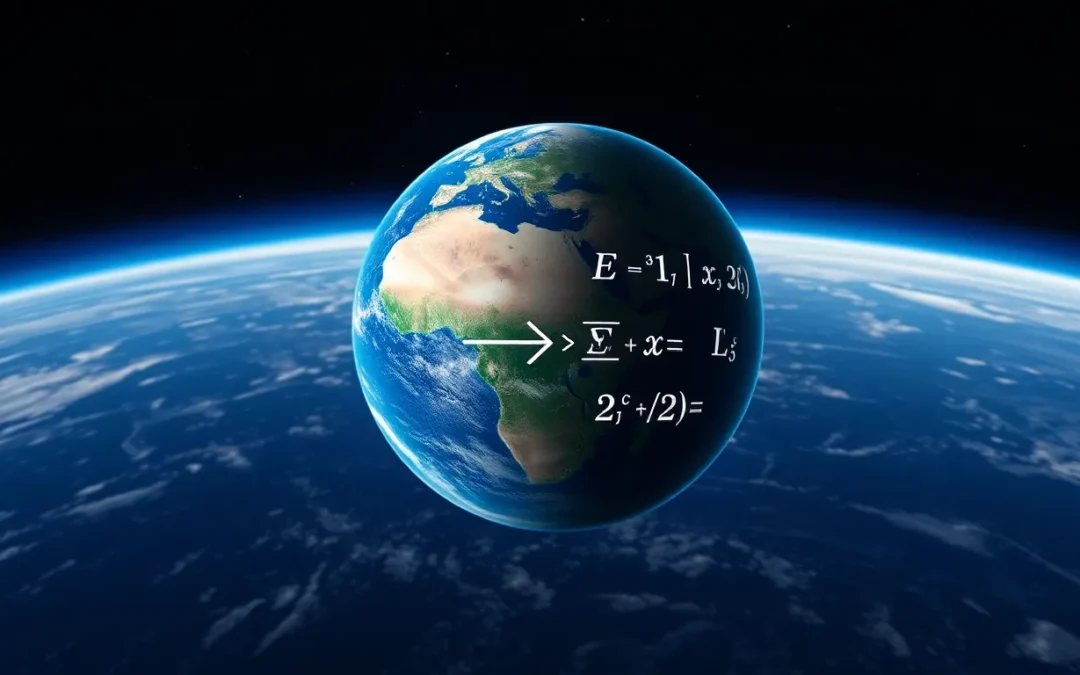
This article helps you to **investigate simulation theory** and the mathematical arguments against the idea that our universe is a simulation. You’ll explore the implications of this fascinating theory.
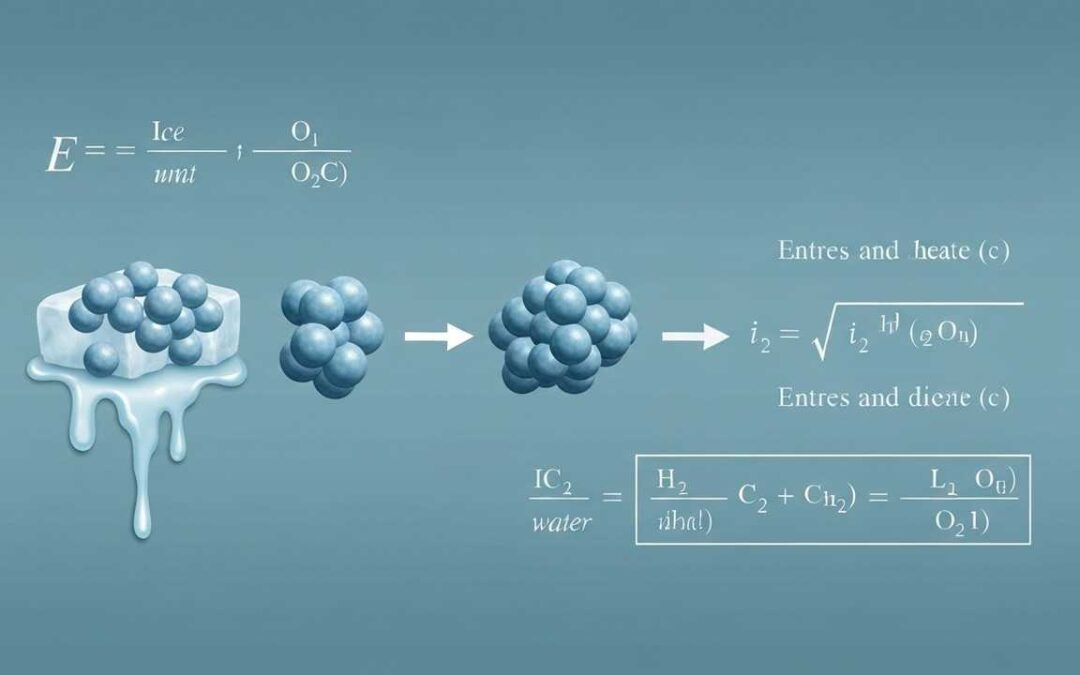
Learn entropy change calculation, understanding how to quantify disorder, and solve a problem for a phase transition like melting ice.
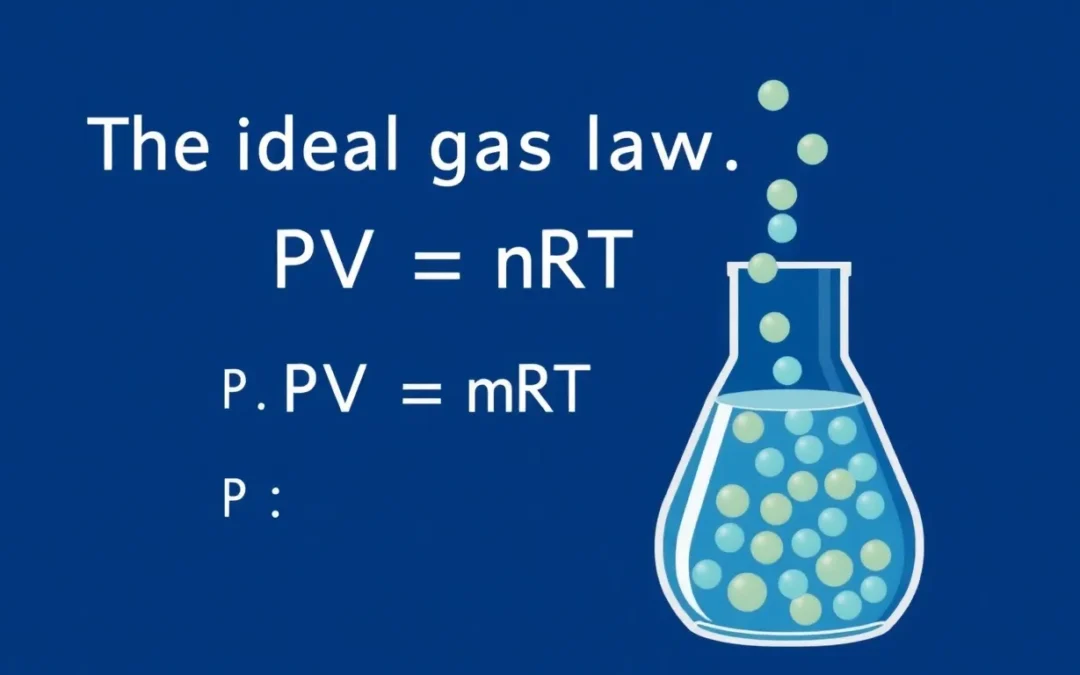
Explore ideal gas law application, solving a problem that determines the volume of a gas under specific conditions of pressure and temperature.
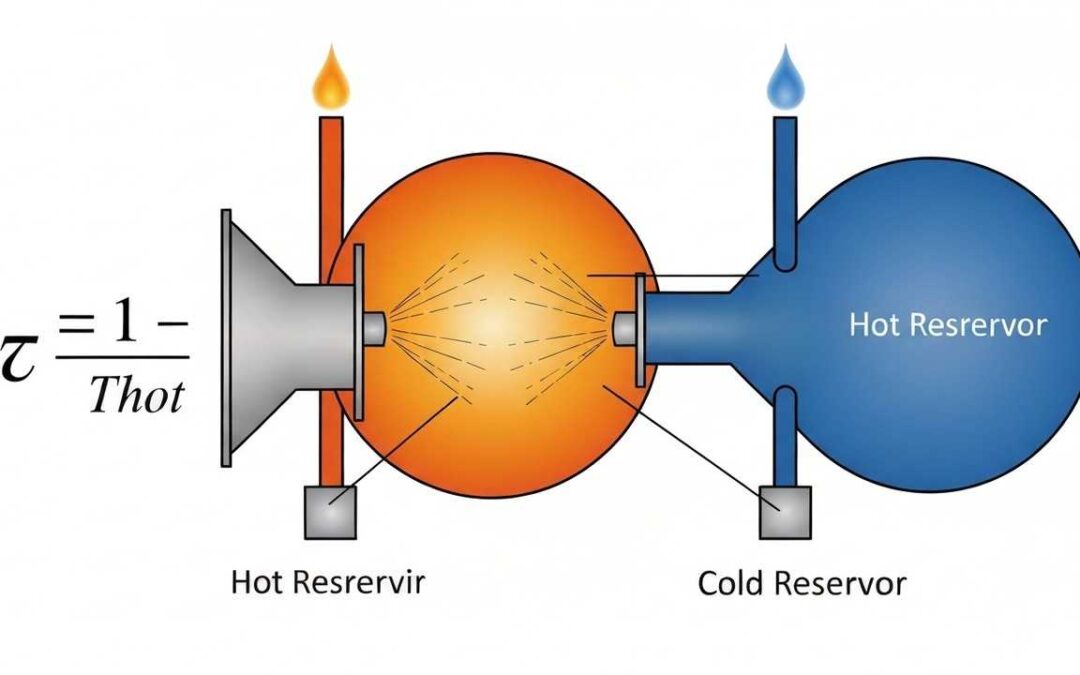
Learn Carnot efficiency calculation, explaining the theoretical limits of heat engine performance and solving a related problem.

Explore linear thermal expansion with a practical example, calculating the change in length for a metal rod due to temperature fluctuation.
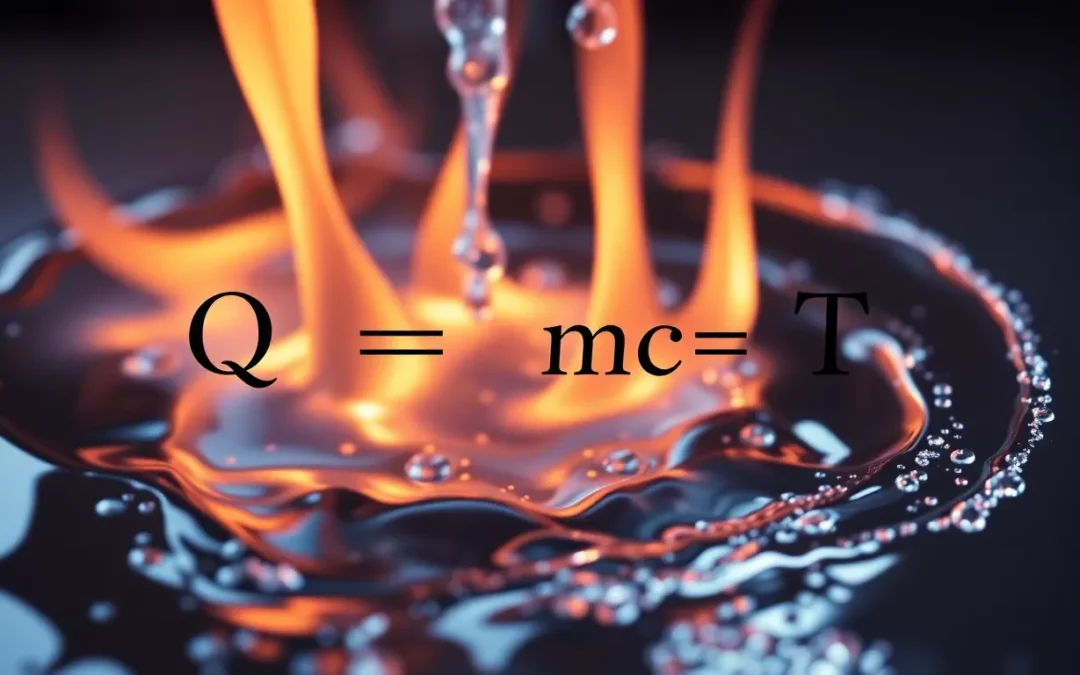
Discover how to calculate specific heat capacity, explaining how materials absorb heat, and solve a problem involving energy needed to raise water temperature.

Explore the fascinating world of Russian dinosaurs. Discover the diverse species that once roamed the landscapes of modern-day Russia, from feathered giants to armored herbivores.
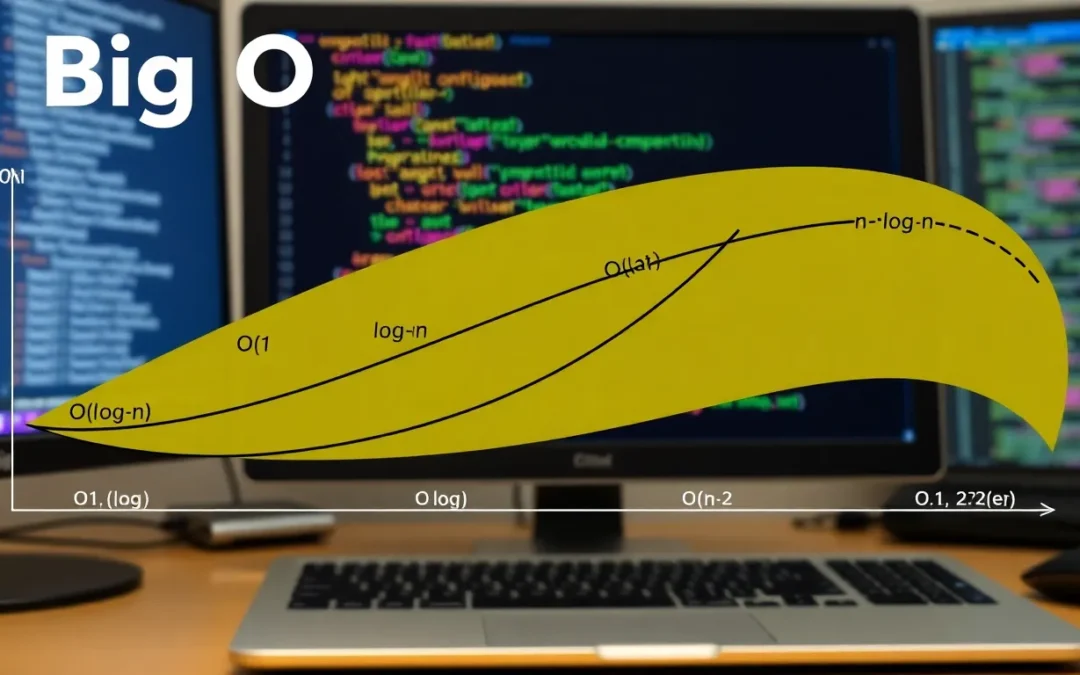
Big O notation is a crucial concept in computer science, describing the efficiency of algorithms. This guide offers a comprehensive overview of Big O notation and its applications.

Explore the fascinating world of the Banach Limit, a mathematical tool that extends the concept of limits beyond convergent sequences, assigning a limit value to sequences that might otherwise seem ‘limitless’.
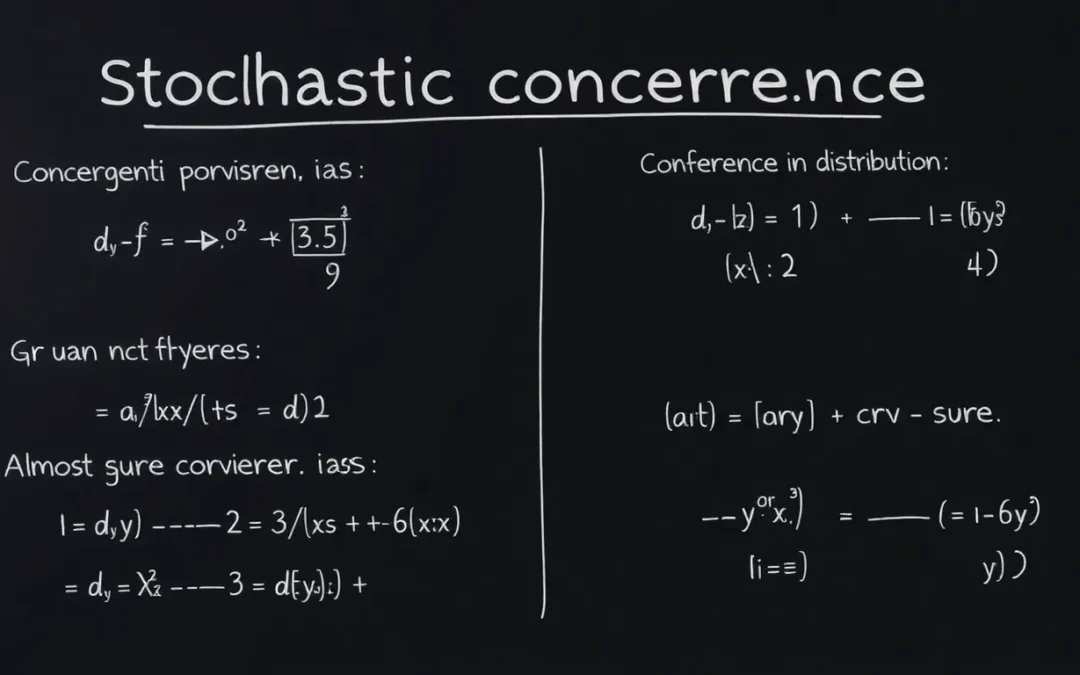
Explore the intricacies of Stochastic convergence, a vital concept in probability theory. Learn about the different types and their applications in statistics and stochastic processes.
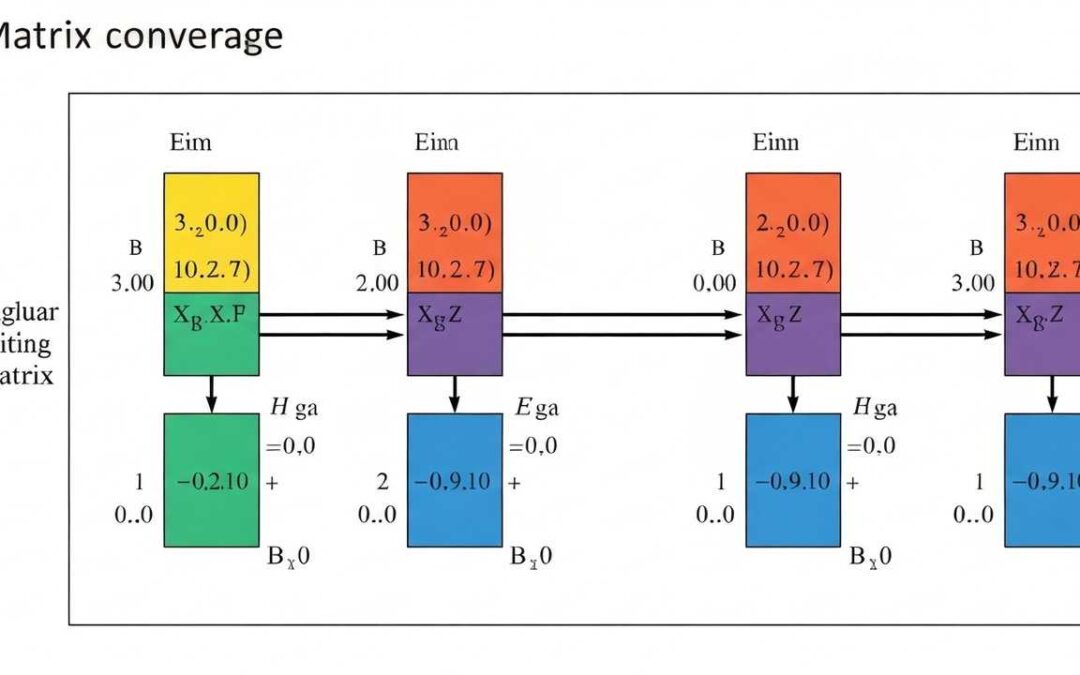
A **Convergent Matrix** is a square matrix that converges to the zero matrix when raised to successive powers. This article explores the properties of these matrices and their importance in iterative methods.
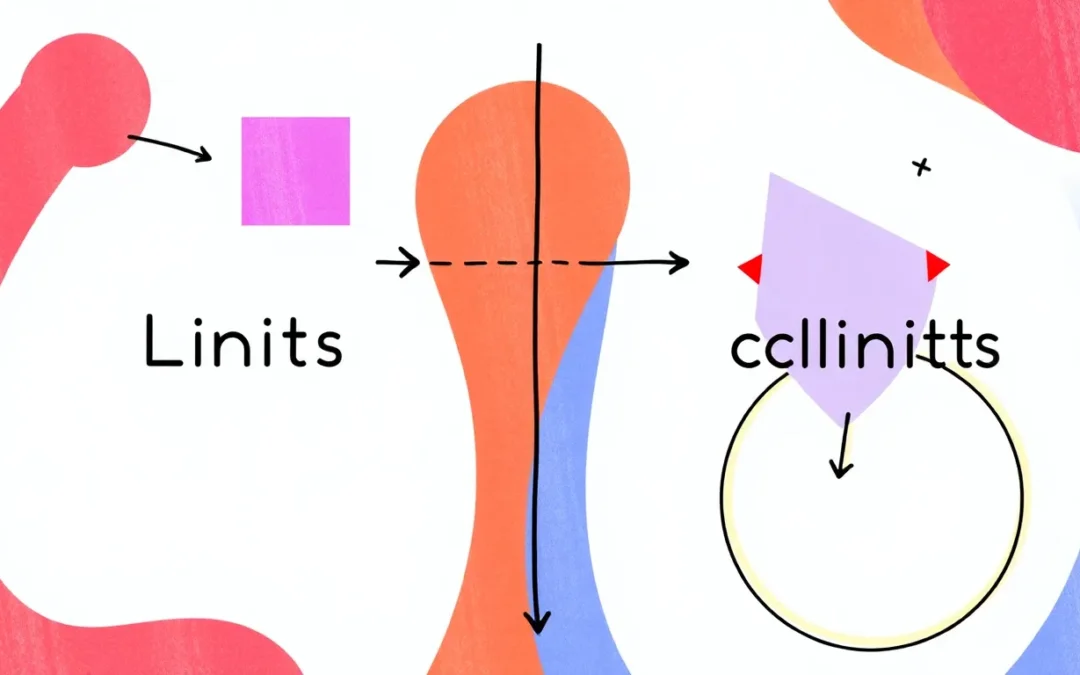
Category theory limits provide a unified way to describe and relate various mathematical structures. This post explains how category theory limits are fundamental tools for understanding complex mathematical ideas.
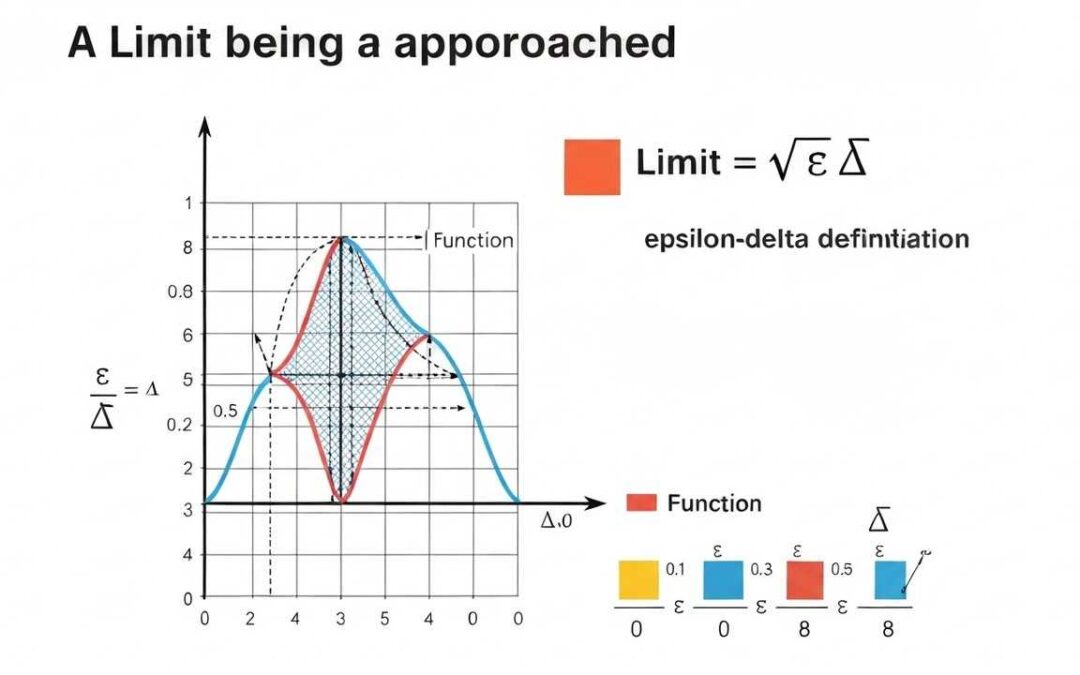
Understanding **limits of functions** is essential in calculus. This guide explains the epsilon-delta definition, theorems, and applications to help you master this fundamental concept.
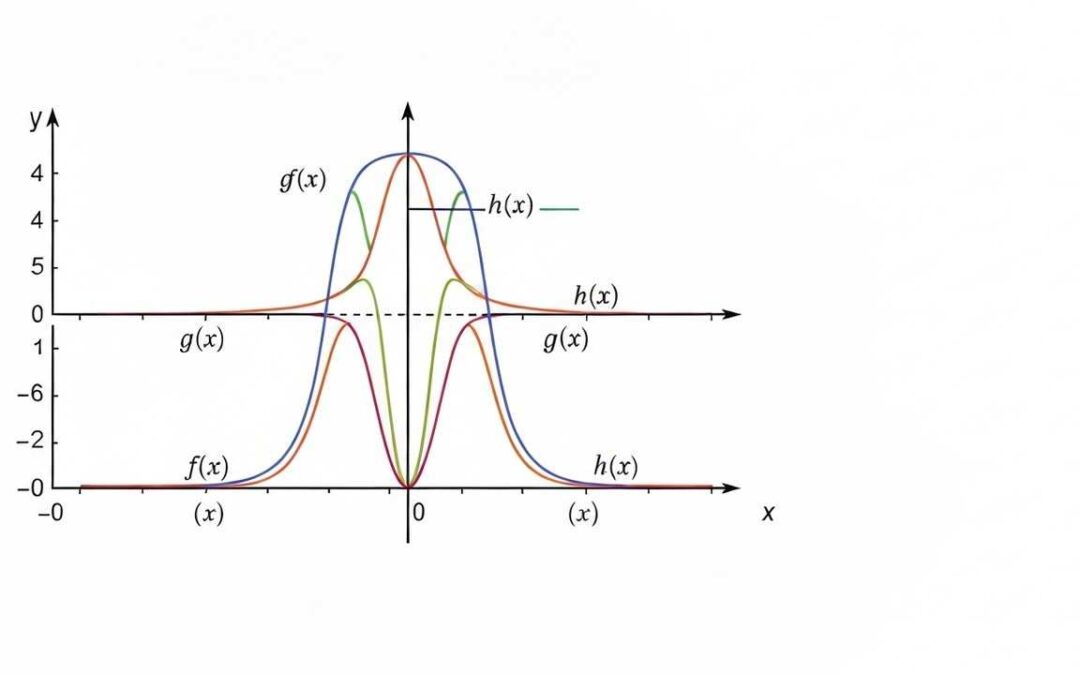
The Squeeze Theorem is a calculus concept that uses bounding functions to determine the limit of a function. The article explains how it works and provides examples.
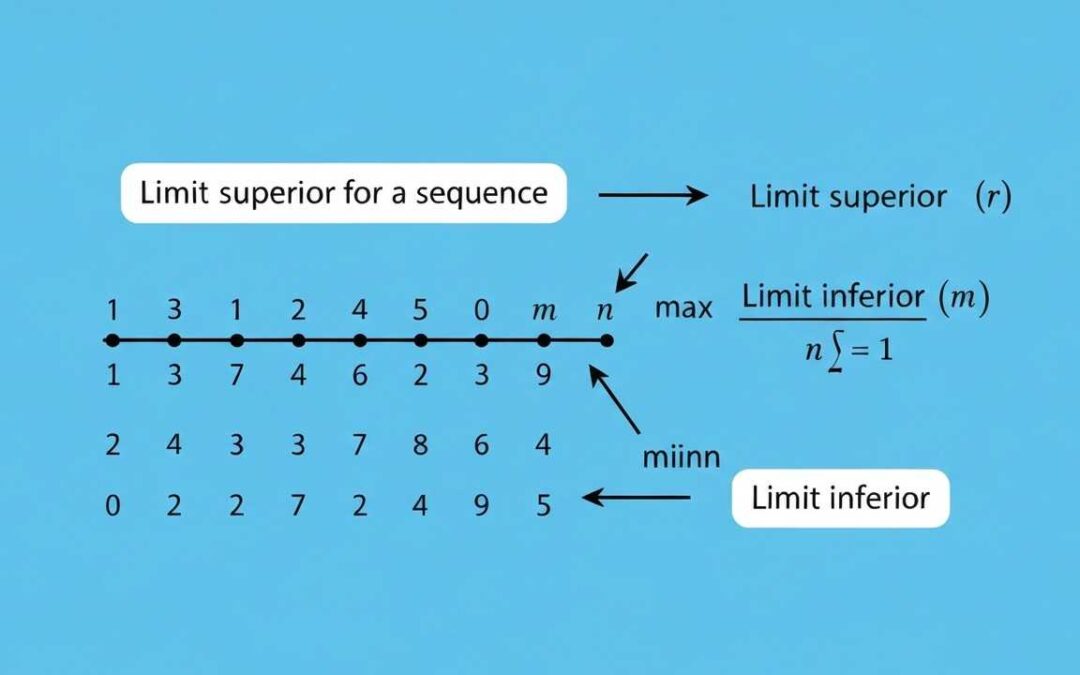
Understand Limit Superior and Inferior: Learn how these concepts define the eventual bounds of sequences and functions, and their importance in mathematical analysis.

Understanding the different **types of convergence** is essential in mathematics. From sequences and series to functions, this post explores the various modes of convergence.
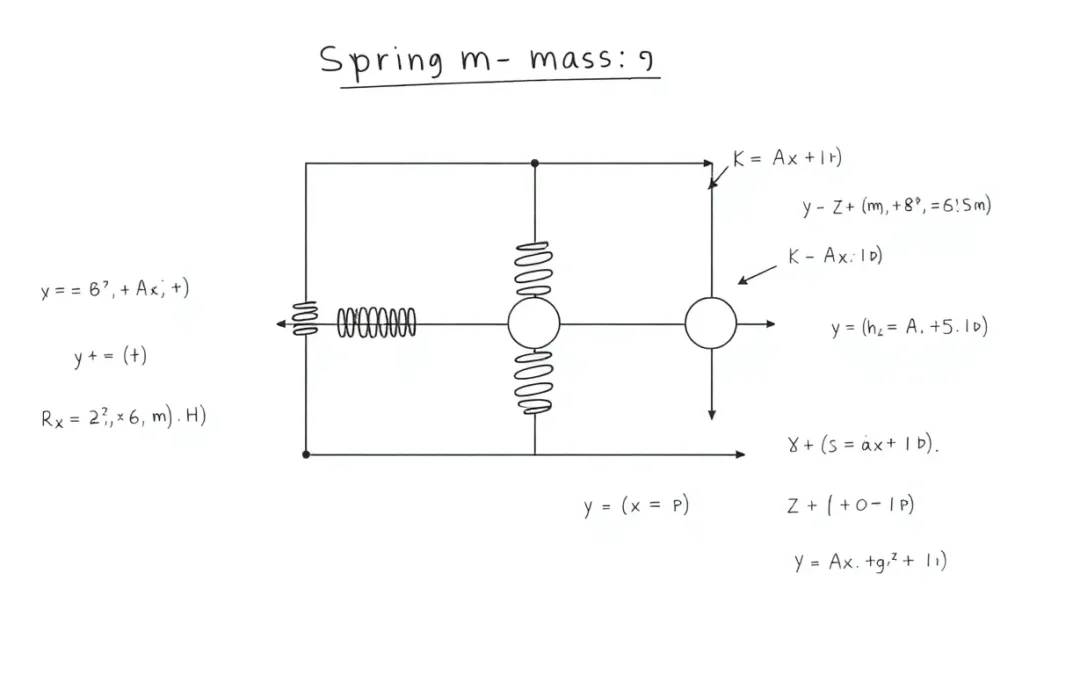
Solve oscillation and elastic force numericals.

Account for g=9.8 m/s² and the start-time offset.
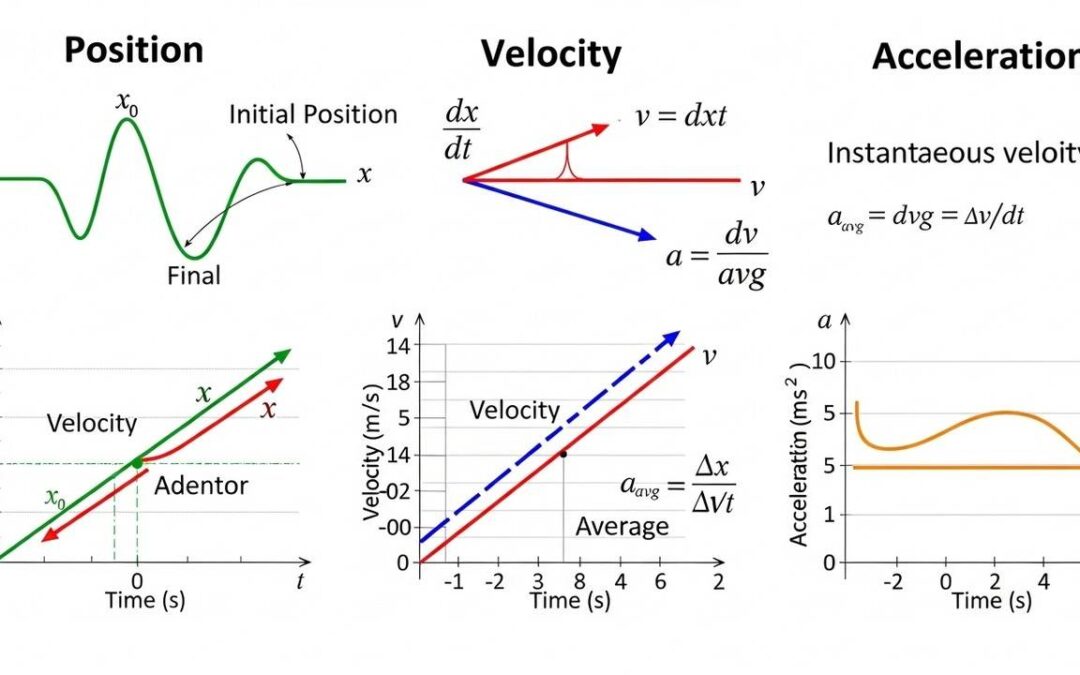
Apply calculus carefully; watch units and evaluation limits.
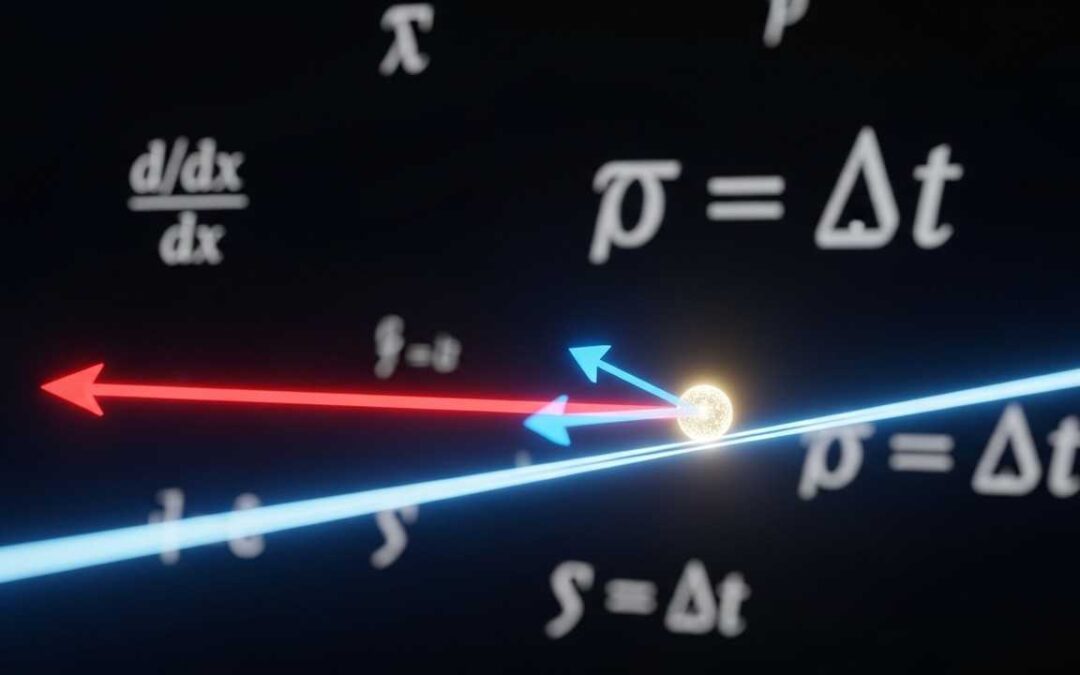
Integrate a(t) to v(t) and x(t), then locate the first positive root.

Excel in ray optics problems.
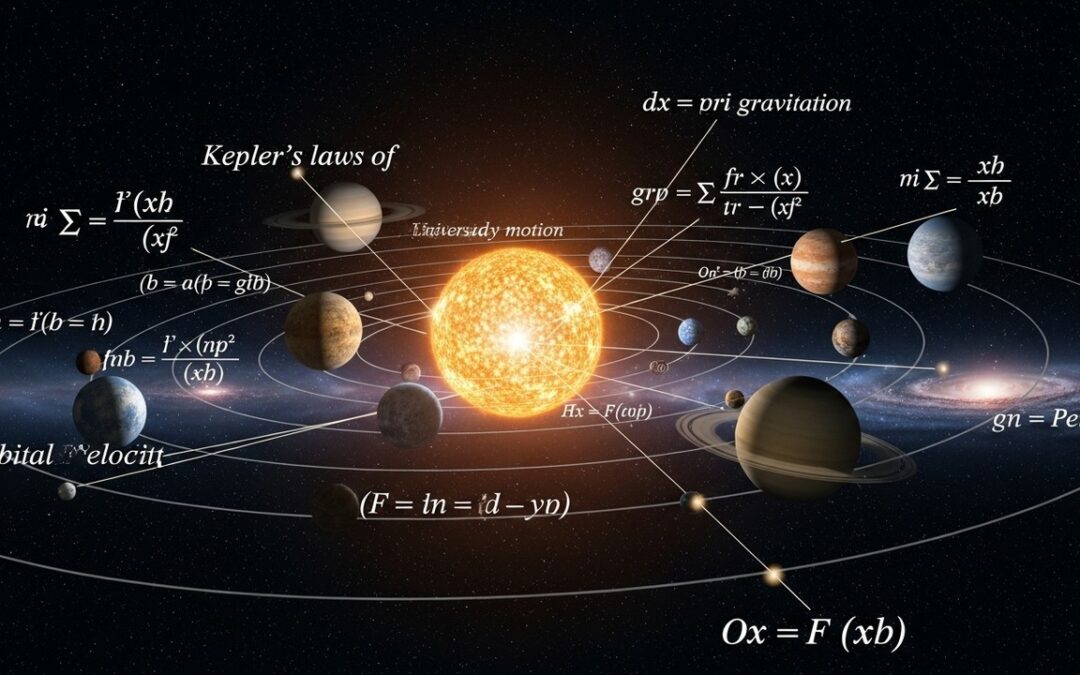
Solve gravitation based numericals.

Profit and loss questions improve real-world calculation ability.
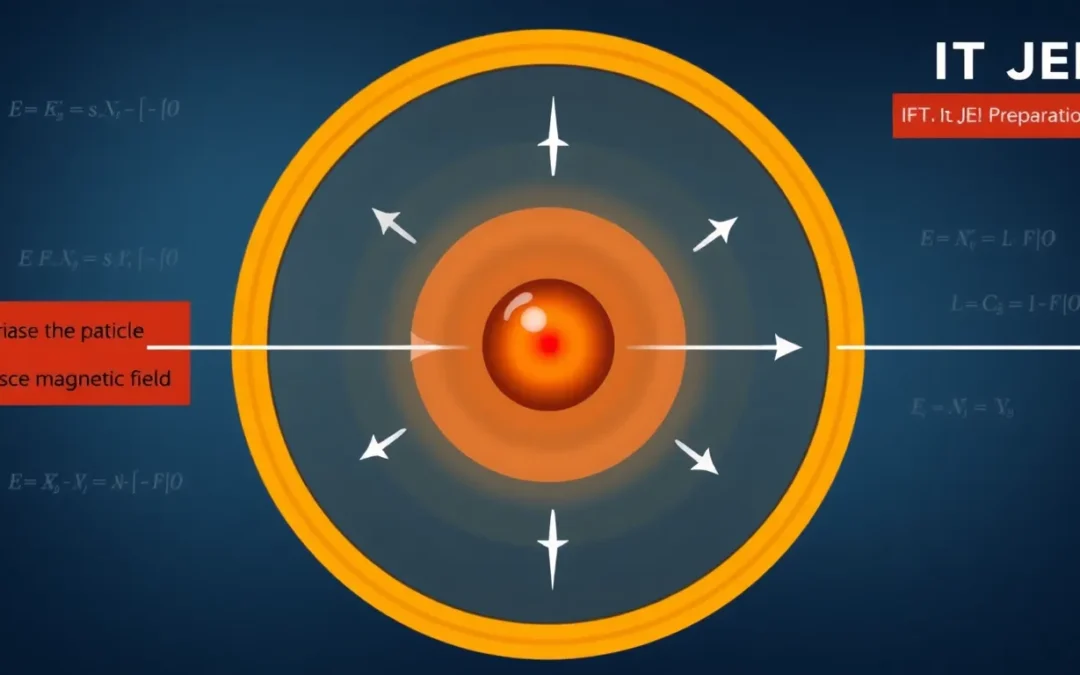
Strengthen particle dynamics in fields.
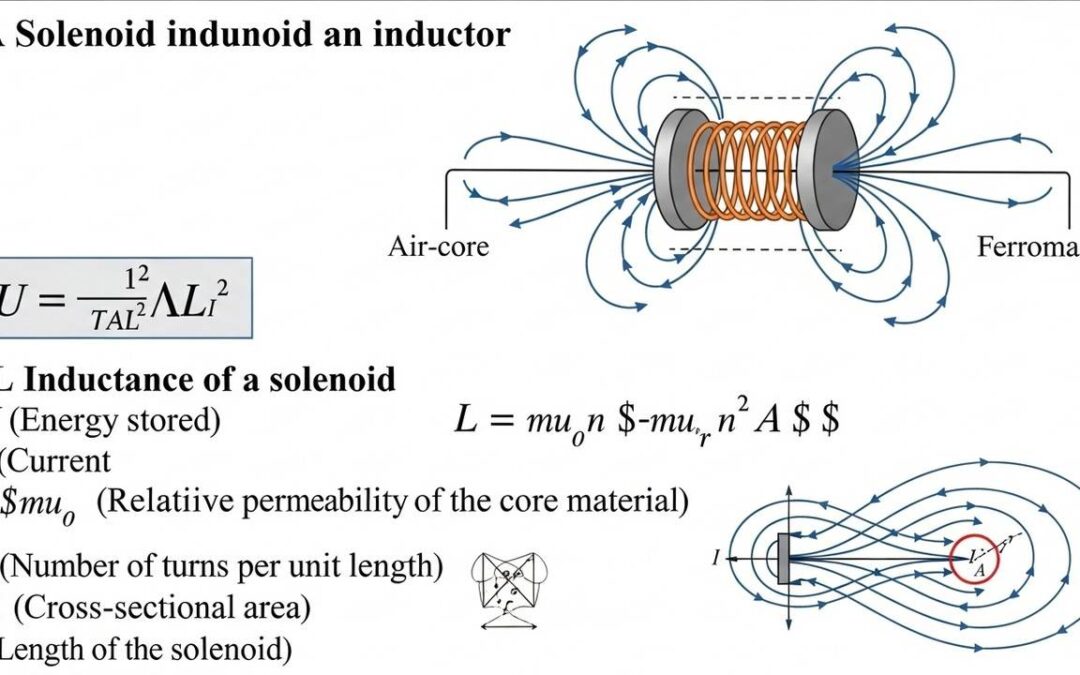
Practice energy in magnetic field.
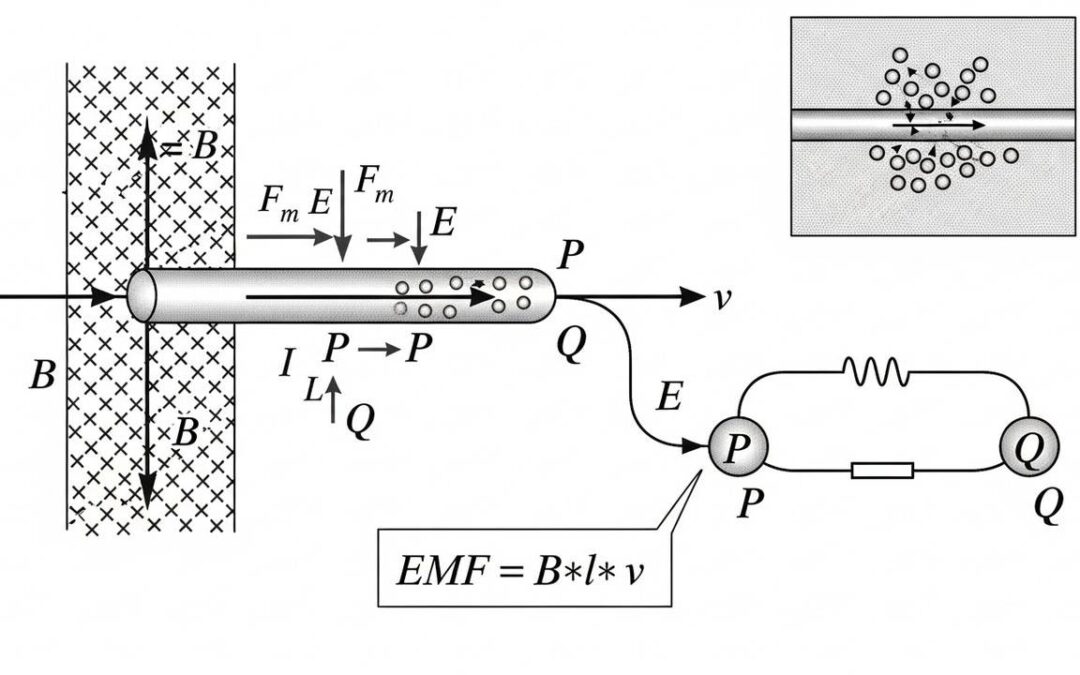
Master Faraday’s law numericals.

Men working together to complete tasks faster is a common aptitude question.

Profit and loss questions test practical business math.
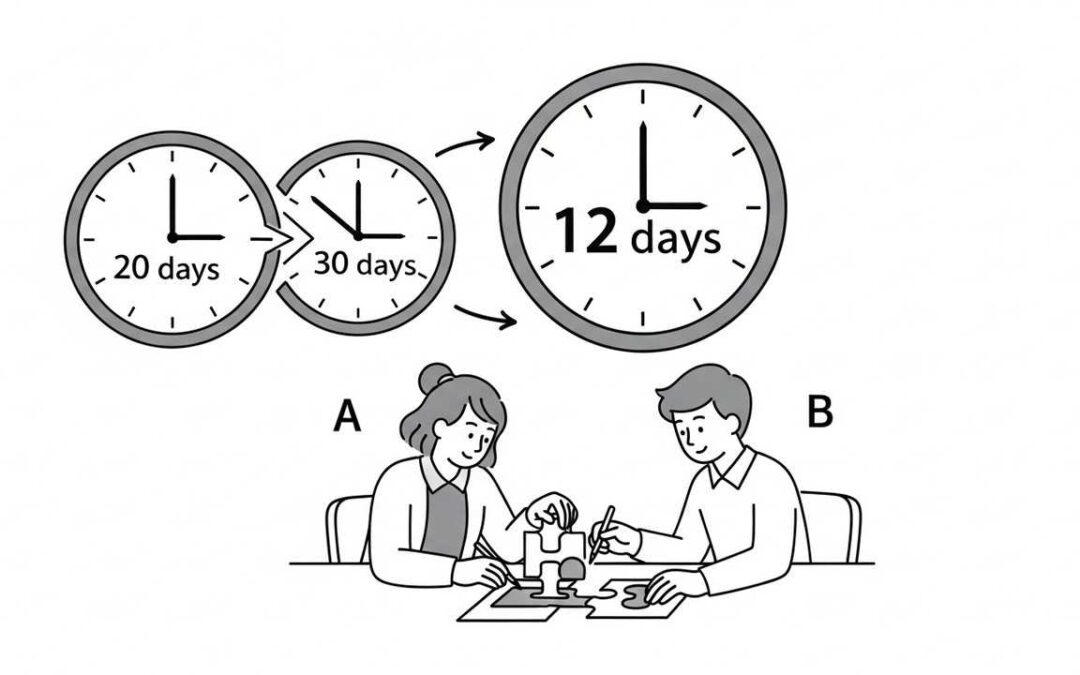
Collaboration work problems are frequently tested in exams.
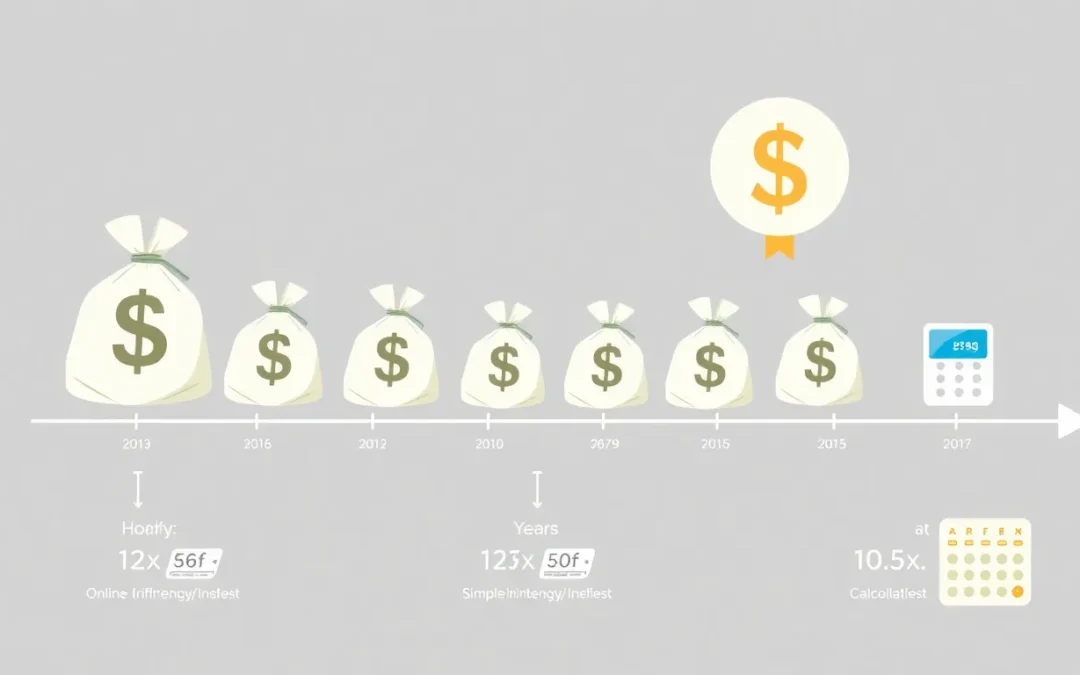
Interest problems are critical in finance-related aptitude tests.
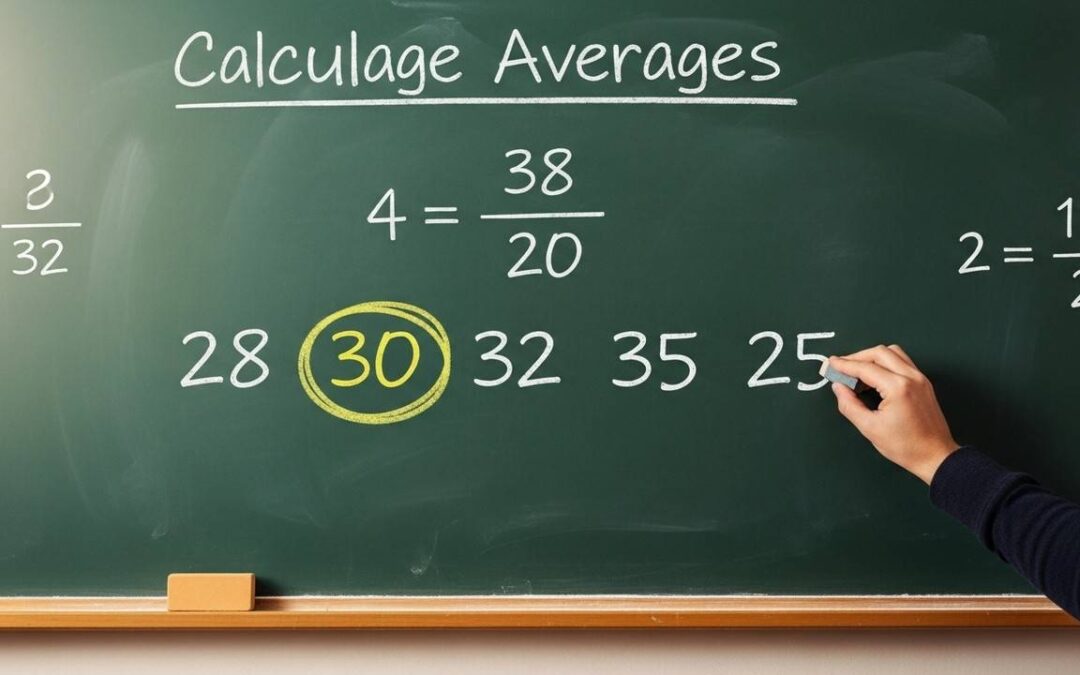
Averages are tested often in aptitude exams with practical twists.
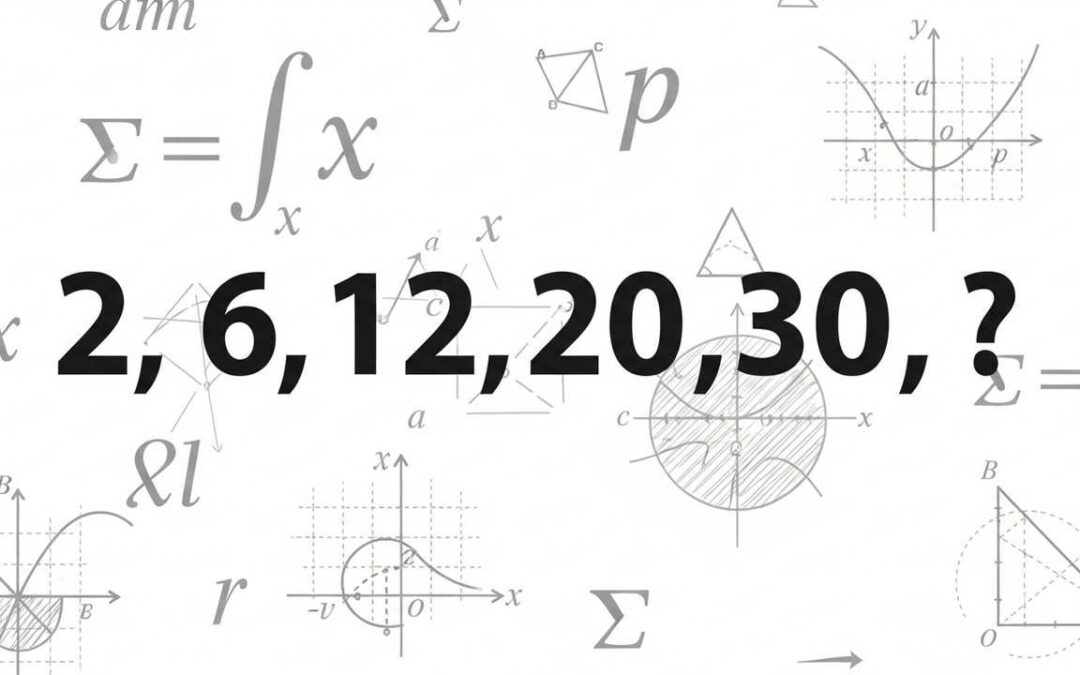
Number series problems improve pattern recognition for competitive exams.
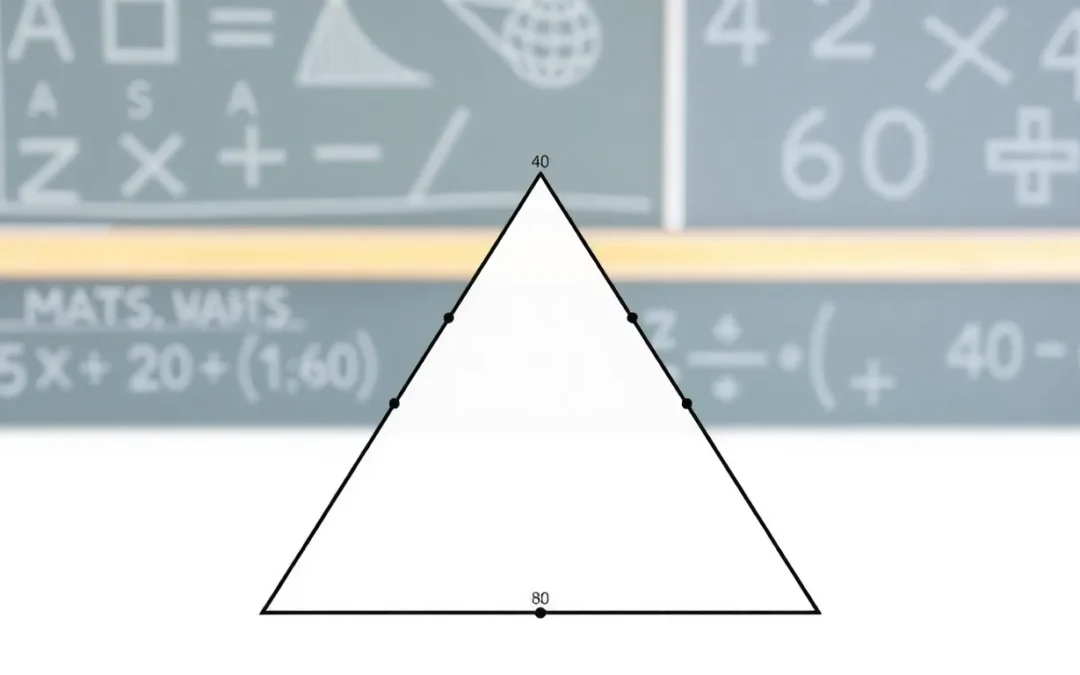
Triangle angle ratio questions build geometry fundamentals.
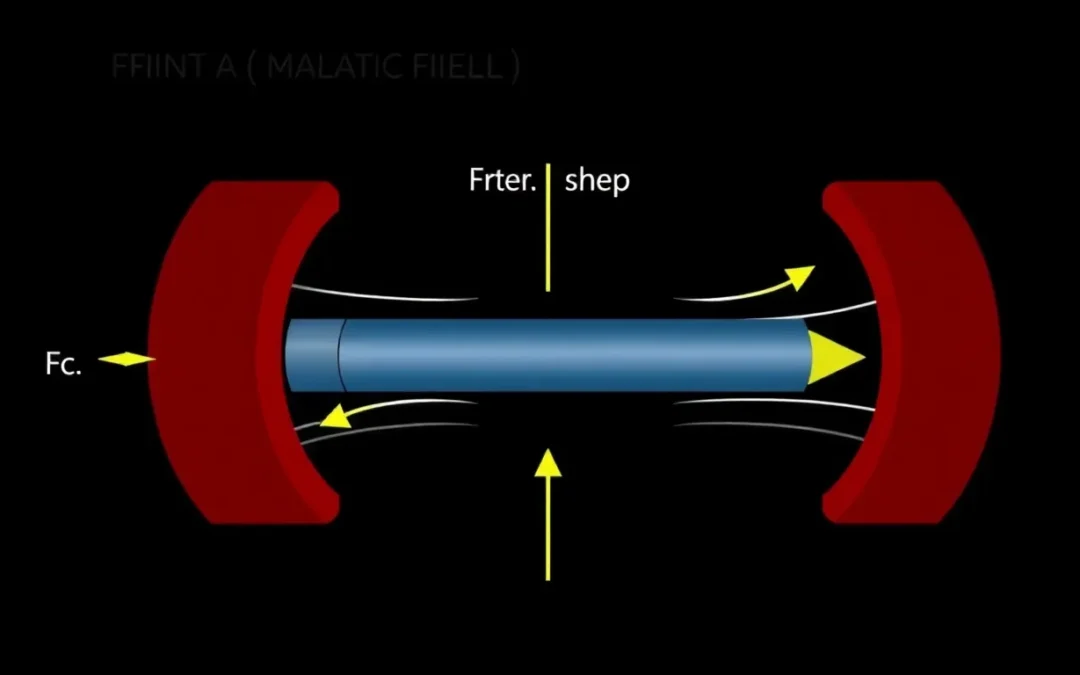
Sharpen magnetism applications.
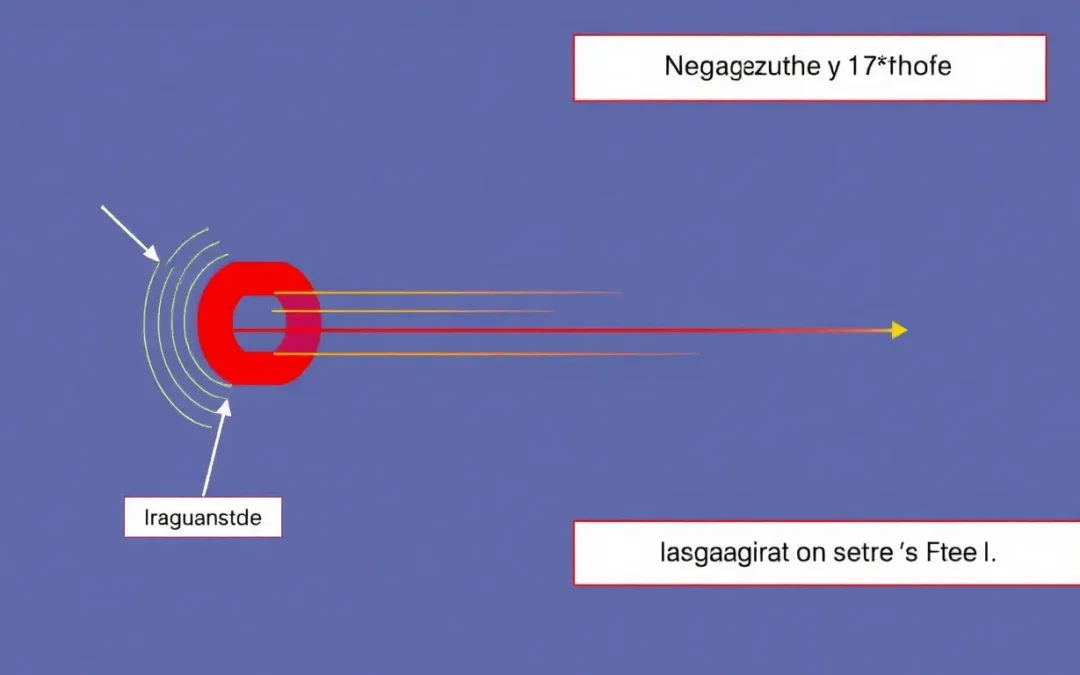
Excel in magnetic field numericals.
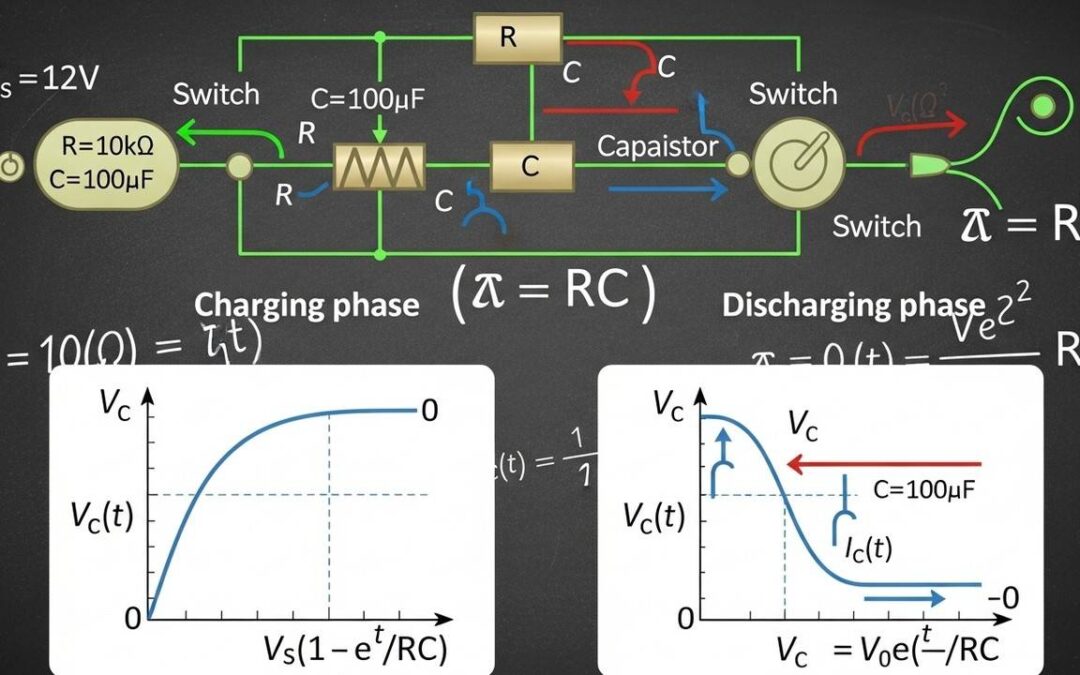
Master transient analysis in RC circuits.

Strengthen circuit analysis.
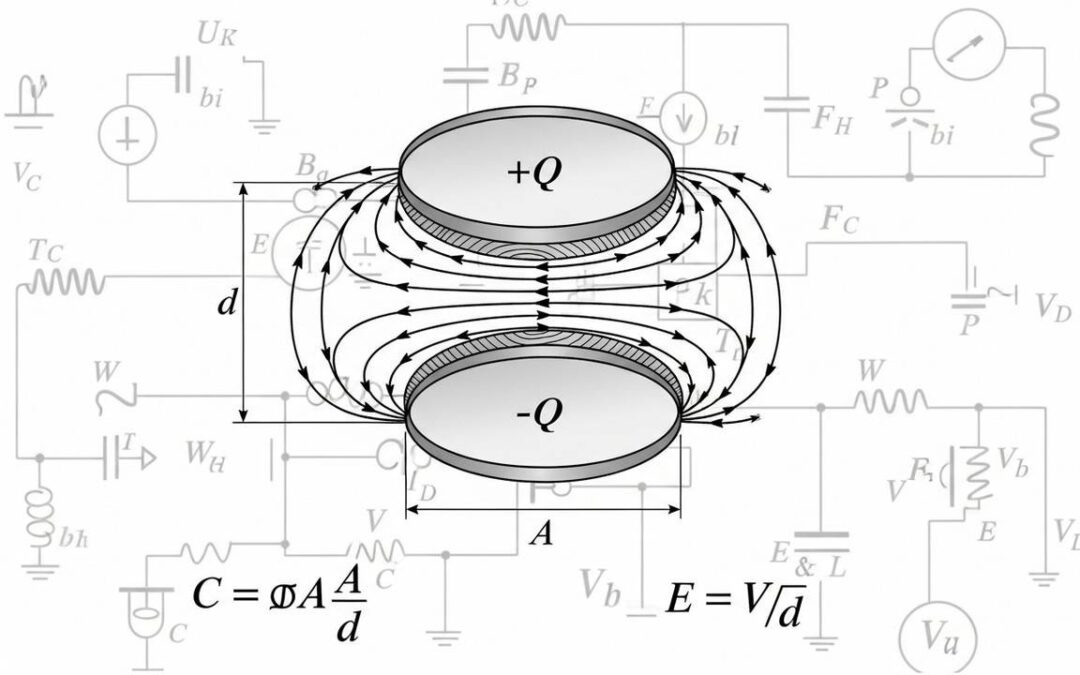
Solve tough capacitor problems.
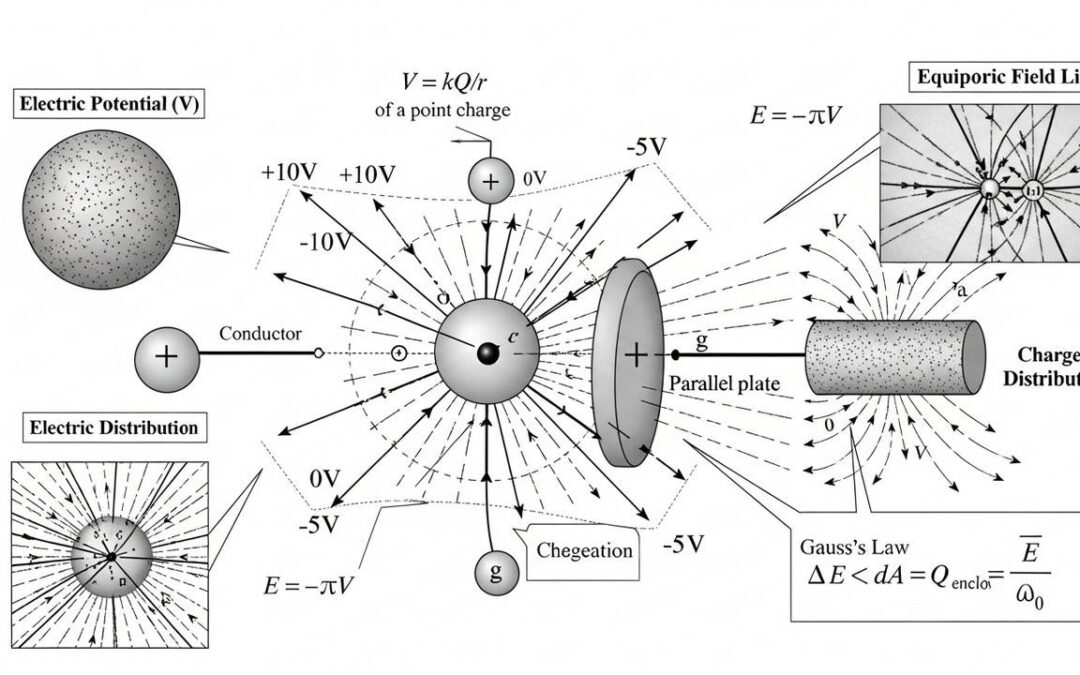
Sharpen potential-based problem solving.
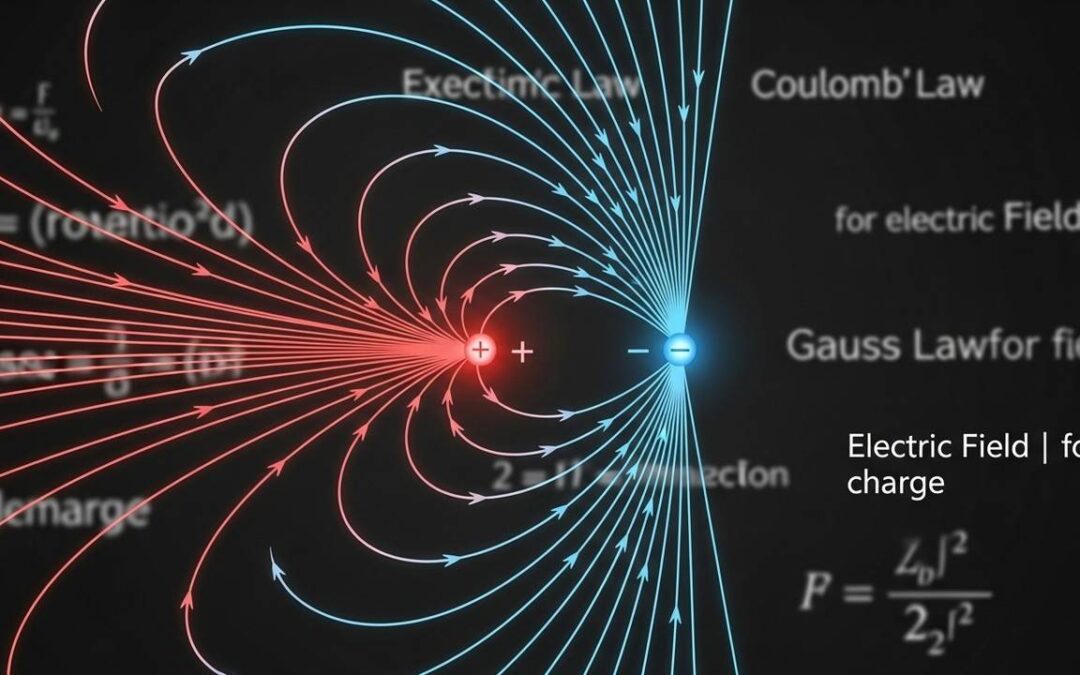
Excel in electrostatics numericals.
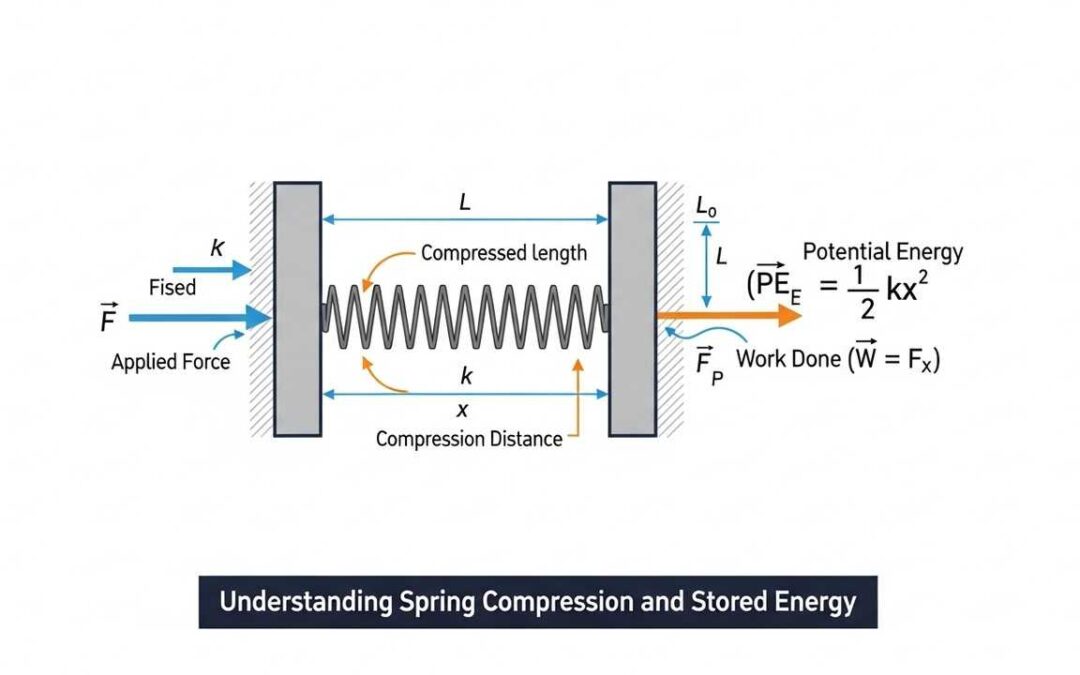
Calculate energy in elastic deformations.
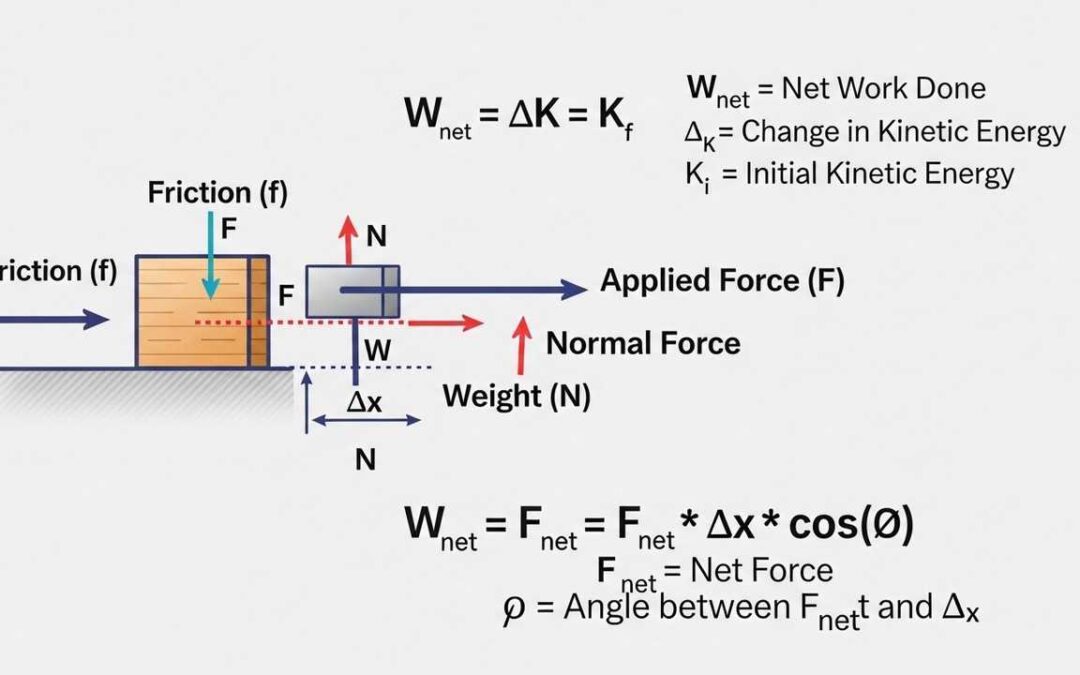
Strengthen energy-based problem solving.

Learn the basics! This post answers the question: What is a plane?
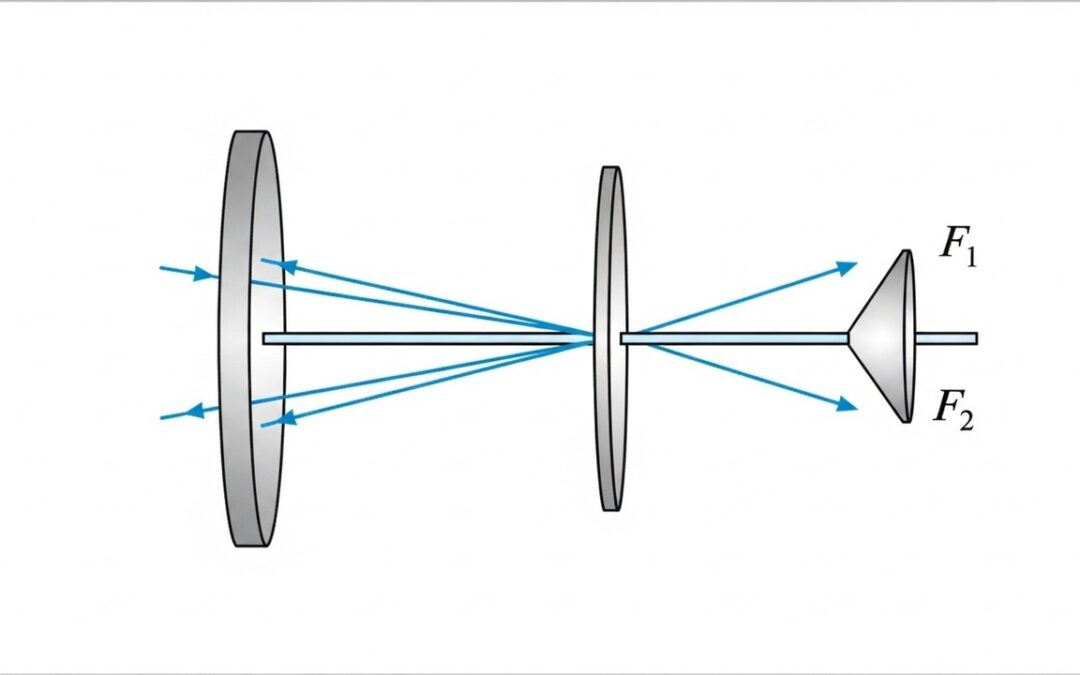
Explore the concept of lens focal spot separation, understanding how modifying a lens impacts its ability to focus light. This analysis explains the principles of optics.
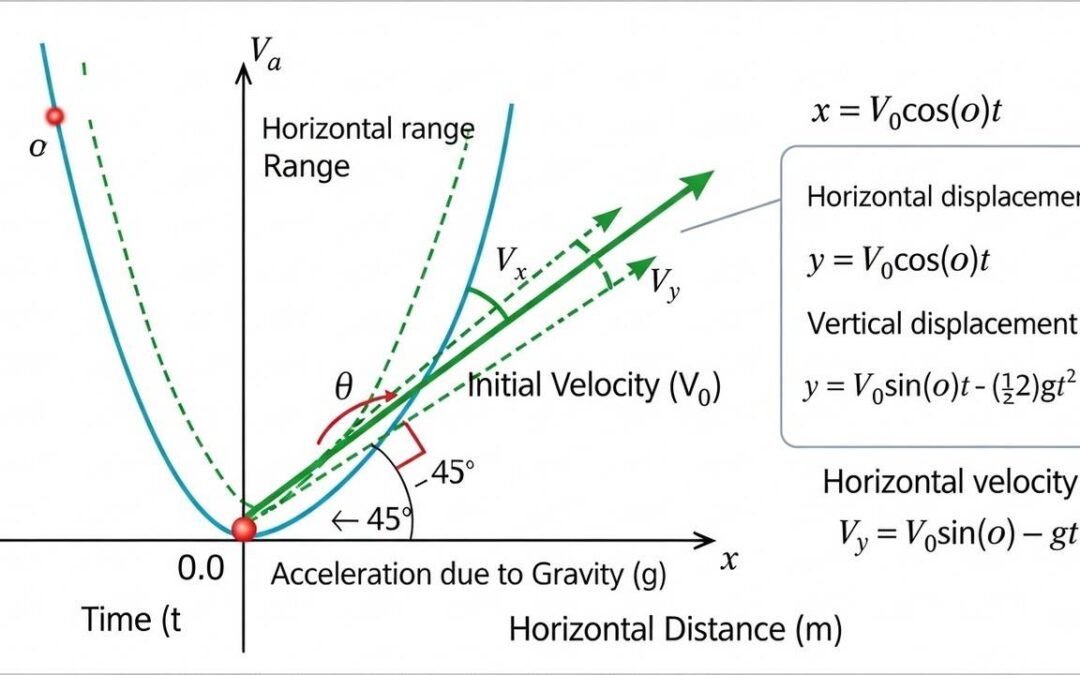
Learn how to determine the time when a projectile’s velocity vector forms a 45-degree angle. This post provides a step-by-step guide to solving the Projectile Motion Angle problem.
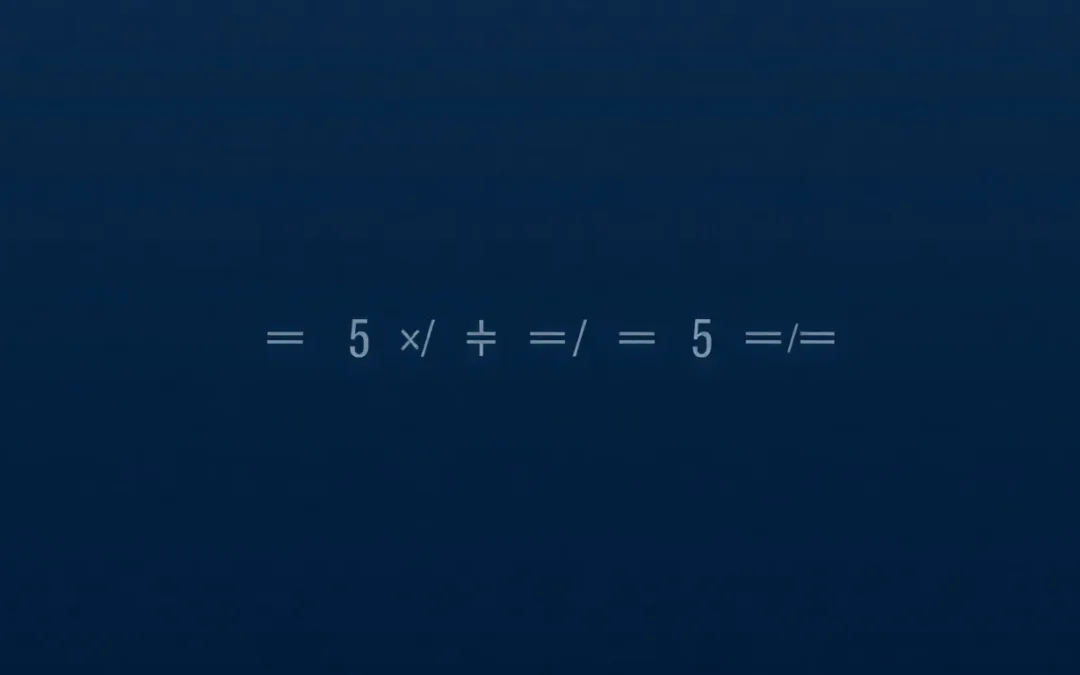
This post explores the Sum of Series Formula, showing you how to derive and apply it to solve complex series problems. You’ll learn the formula and see examples.
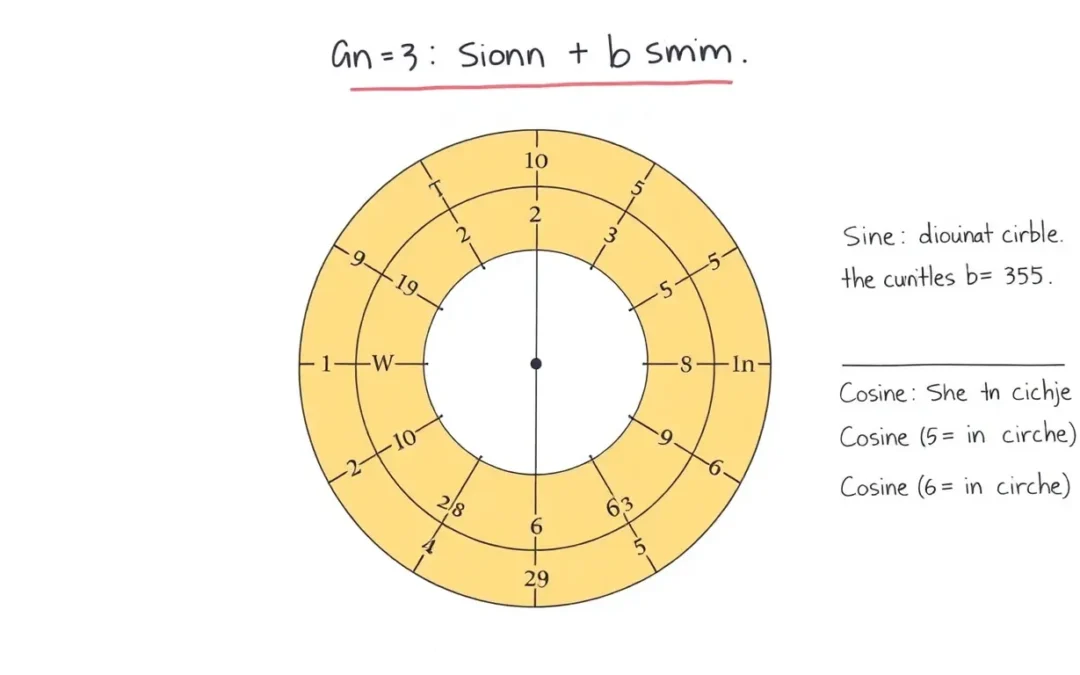
Learn how to solve trigonometric problems by understanding and applying Trigonometric Identities. We break down the steps to find ##\sin^3 \theta + \cos^3 \theta## when given ##\sin \theta + \cos \theta = \frac{5}{4}##.
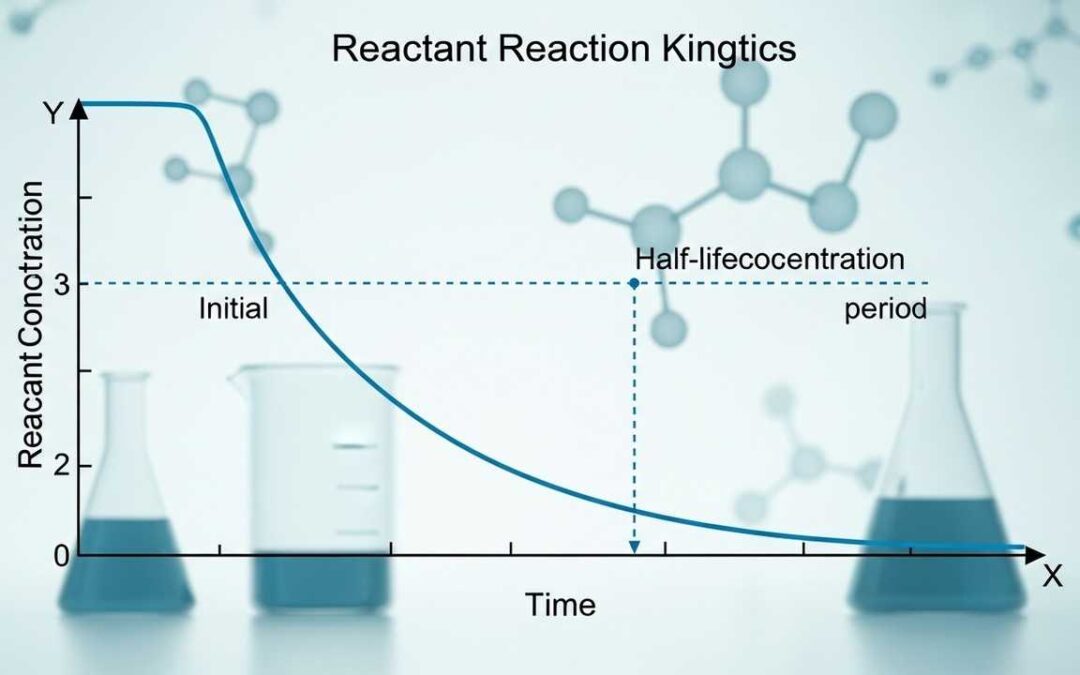
Understand the concept of **First-Order Reaction Half-Life** and how to calculate the fraction of reactant remaining after a given time. This post will describe the half-life and explain how it impacts the decay of a chemical reaction.
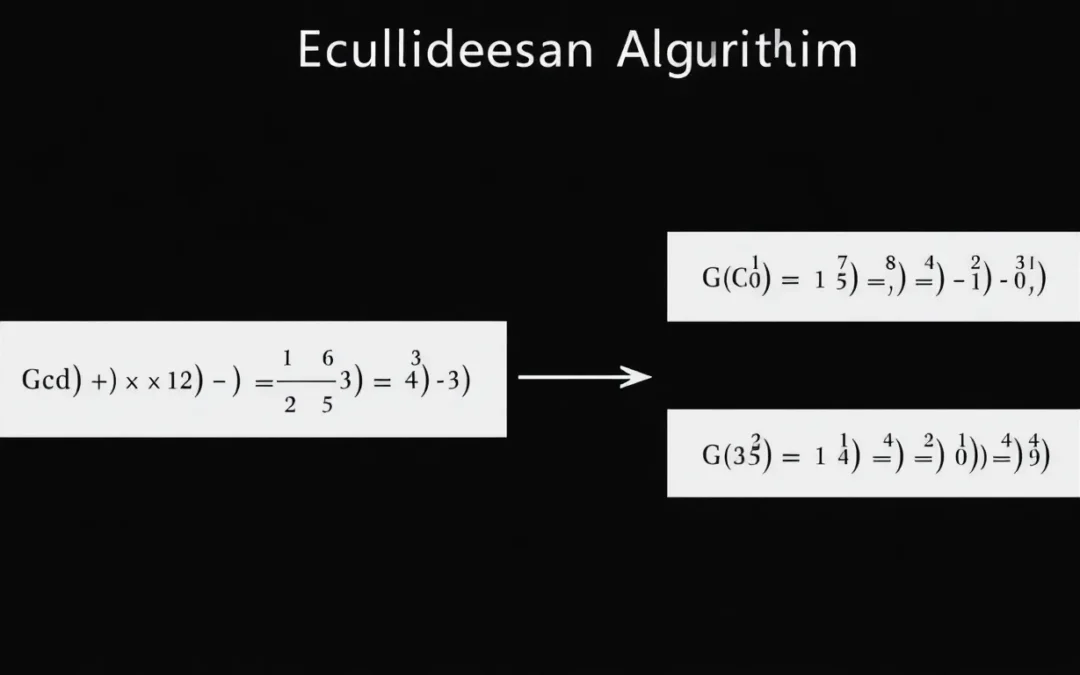
Learn about **GCD calculation** and the Euclidean algorithm. This post provides a step-by-step guide to finding the greatest common divisor of two numbers, crucial in various mathematical applications.
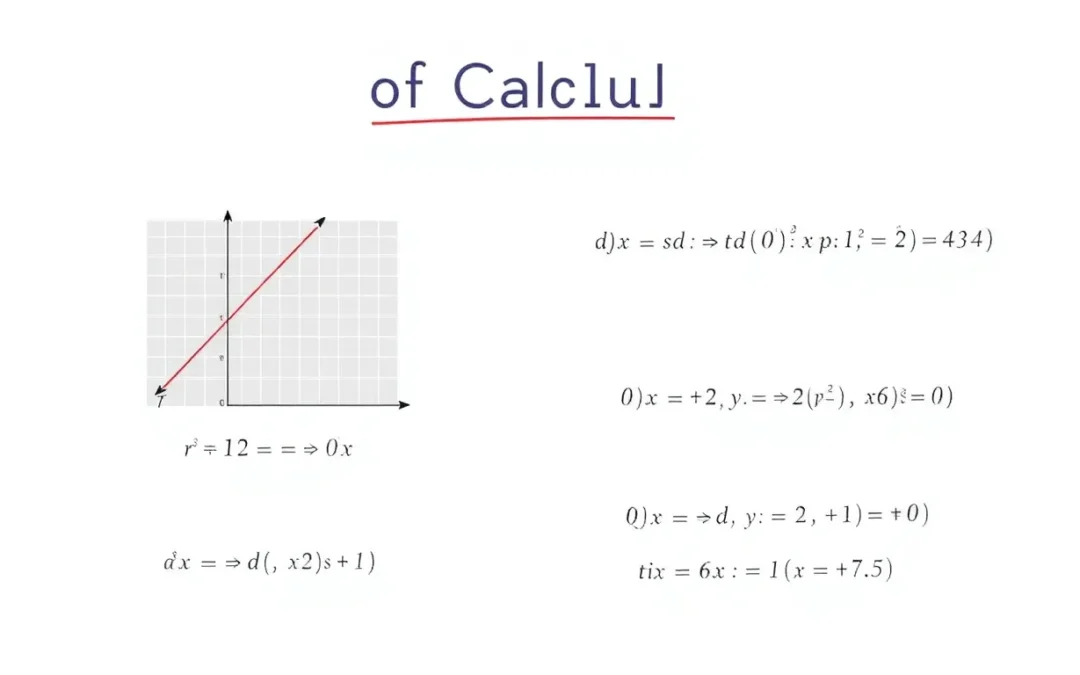
Learn how to solve Evaluating Limits Problems with this step-by-step guide. We’ll cover the fundamentals and provide clear examples.
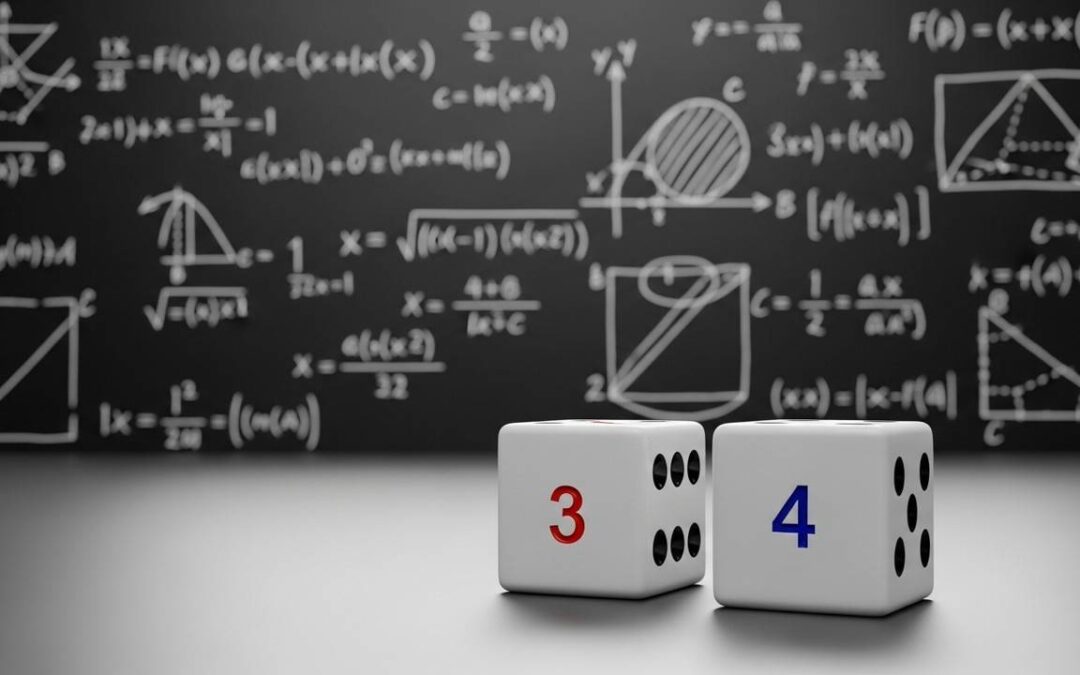
Learn how to calculate the Probability of Rolling a 7 with our easy-to-follow guide. Understand the step-by-step process and the math behind it.
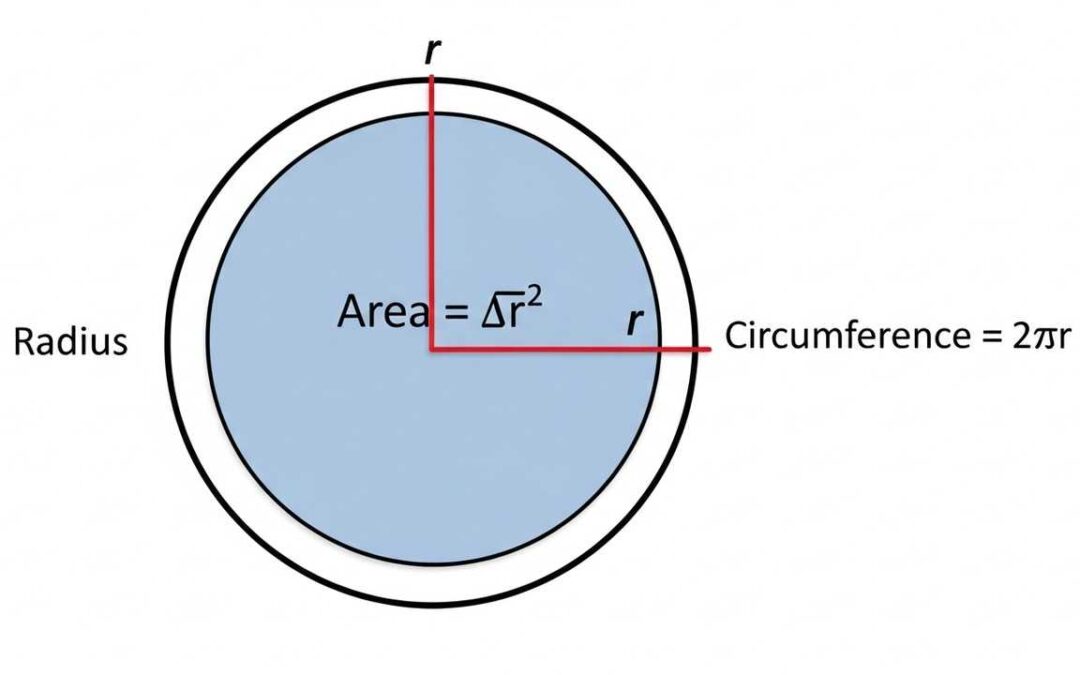
Learn how to calculate the **circle area and circumference** with a given radius using simple formulas and step-by-step examples. We’ll break down the process for easy understanding.
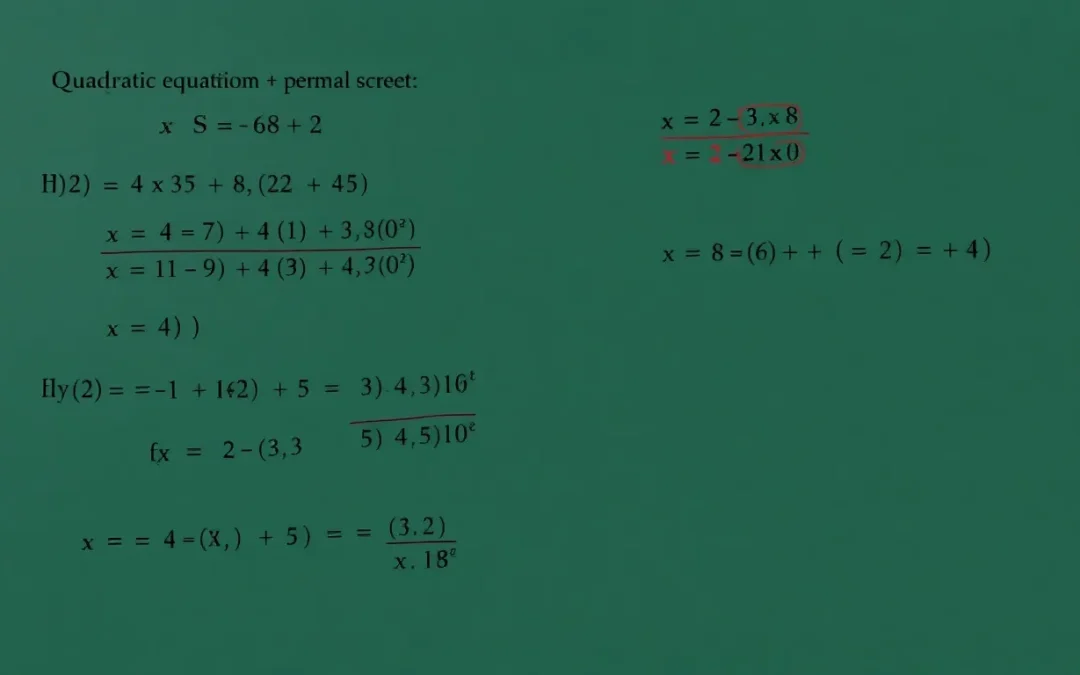
Learn how to **solve quadratic equations** using factoring and the quadratic formula. Discover the roots and understand the different methods with examples.
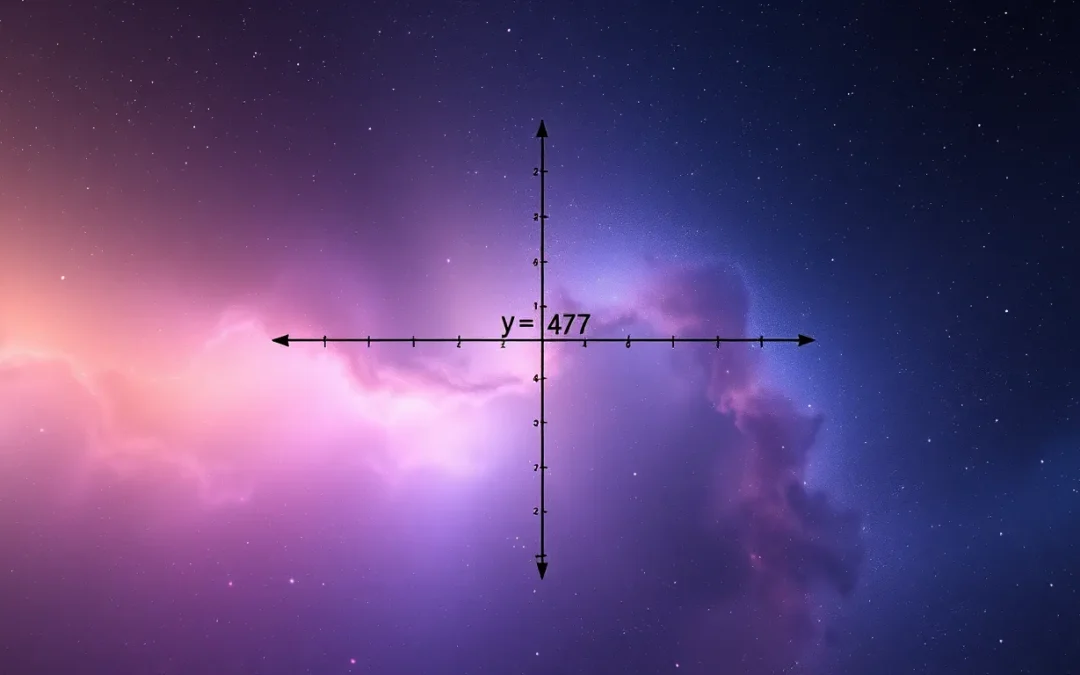
Learn how to solve Limits at Infinity with this comprehensive guide. Understand the concepts and techniques through clear examples and step-by-step solutions.
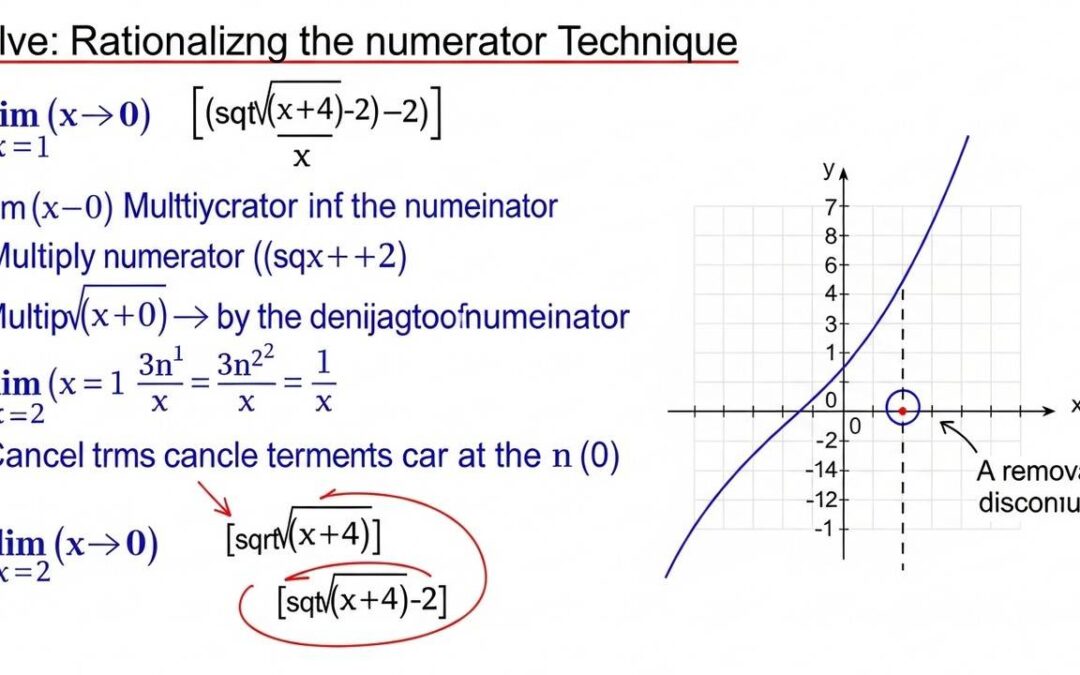
Learn how to solve Rationalizing Numerator Limits by rationalizing the numerator to eliminate indeterminate forms and find the limit.
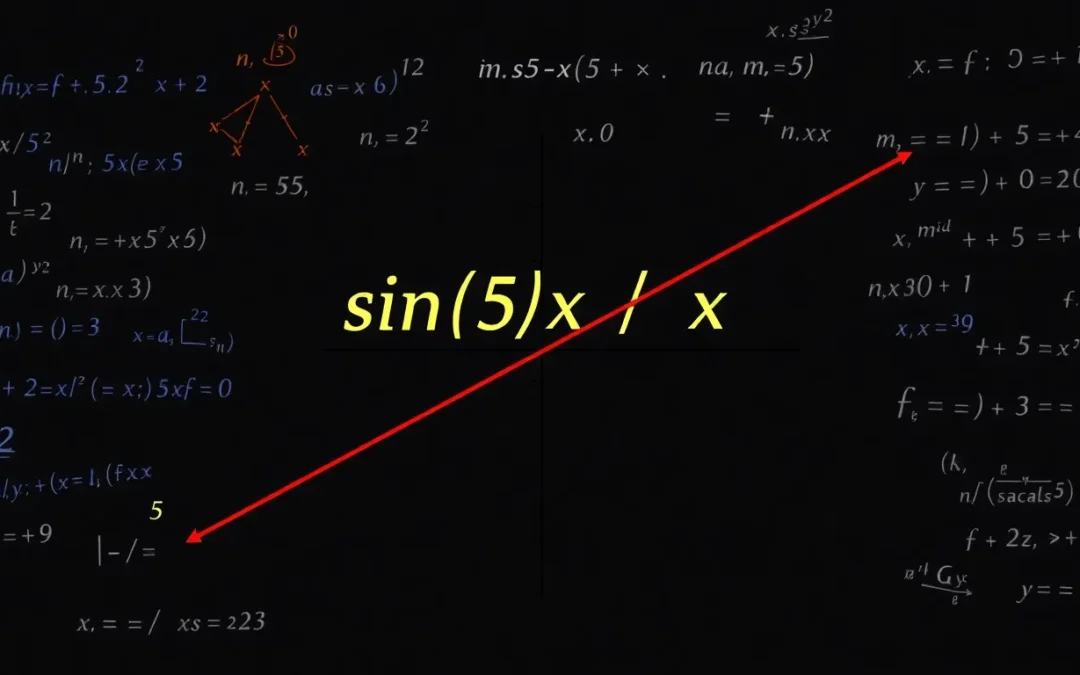
Learn to evaluate the Trigonometric Limit. The solution involves simplifying the expression and applying limit theorems. The final result is 5.
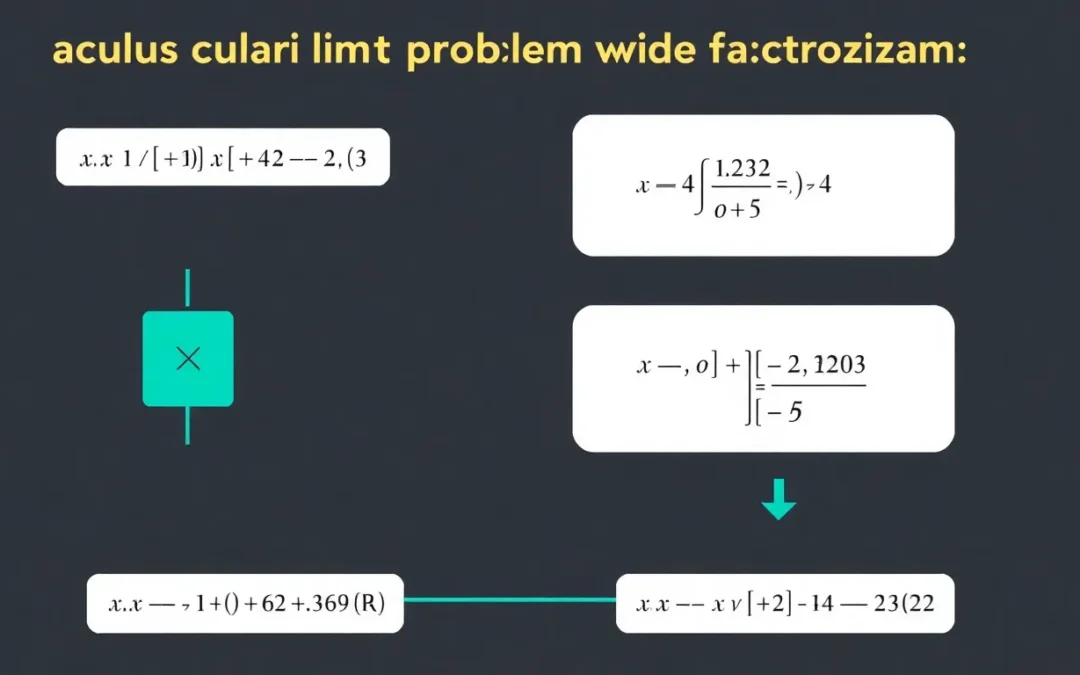
Learn to solve limits that result in indeterminate forms using **Limits by Factorization**. This method simplifies the expression to find the value the function approaches.
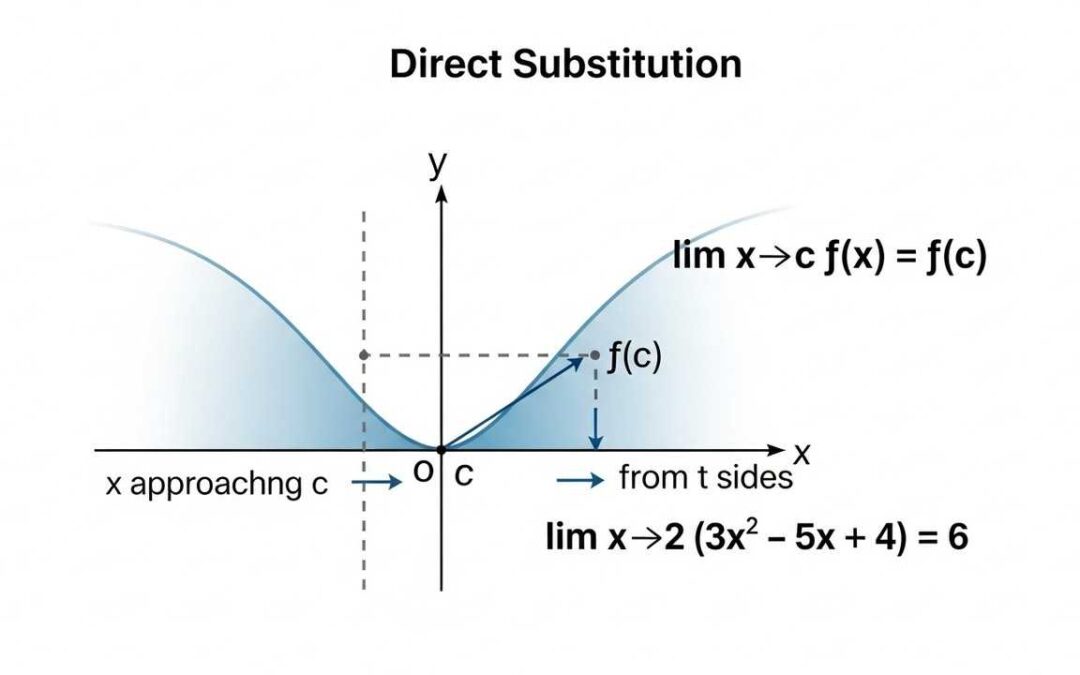
Learn how to easily evaluate limits using direct substitution! This guide provides clear examples and explanations to help you master this essential calculus skill. The SEO Keyphrase is Evaluating Limits.

Explore how function behavior changes with large variables. Learn to identify warning signs and avoid common pitfalls in mathematical analysis.

Learn how to prove that a function is bounded with this step-by-step guide. Master the techniques for a bounded function proof.

Discover which functions have compositional square roots! Learn about bijections, cycle decomposition, and how to find these roots.

Explore the divisibility by floor square root problem. Find all integers ##n## where ##\lfloor{\sqrt{n}}\rfloor \mid n##. Solutions and examples included.

Learn fuzzy logic aggregation techniques to combine uncertain data. Enhance decision-making and risk assessment with fuzzy values.

Understanding derivatives simply involves grasping how functions change. This guide offers an intuitive explanation for beginners.

Explore the ramp function, its definition, properties, and applications in signal processing and control systems. Understand the ramp function today!

Explore surjective function composition with clear examples. Learn when the composition of surjective functions remains surjective and when it doesn’t.

Explore the function codomain, its definition, and why it’s crucial in math. Understand its role in function composition and surjectivity.

Learn how to perform function decomposition by separating any function into its even and odd parts, simplifying complex analysis.

Prove that an expression is independent of n using number theory. Explore modular arithmetic and floor functions to show constant results.

Explore arc length functions and their cardinality. Discover how the number of continuous functions changes with increasing arc length.

Explore the conditions for defining integrals, focusing on the necessary structures of spaces and functions for meaningful integration.

Explore the meaning of p-value variance, ##x(1-x)##, in statistics. Learn how it relates to Bernoulli distribution and its applications.

Explore the formulas behind common crossfader curves like Dipped, Constant Power, and Linear. Enhance your DJ mixing skills today!

Explore L-structures in first-order logic, their construction, and counting methods. Understand how L-structures first order logic works with examples.

Learn how to solve function composition problems algebraically with step-by-step solutions. Master the art of decomposing complex functions!

Explore the area of recursive functions with a detailed analysis. Discover how the area remains constant as the recursion depth increases.

Explore function sections, a method to simplify multi-variable functions by fixing one variable. Learn how function sections aid in analysis.

Explore function iteration notation with clear examples. Learn how to represent repeated function compositions effectively and avoid common ambiguities.

Explore function decay rates and how the parameter α affects whether a function has slow or rapid decay. Learn with examples!

Learn how to represent logical operators like AND, OR, and NOT as functions. Understand their mathematical formulations and applications.

Learn how to build functions continuous at specific points, like integers or irrationals. Explore examples and proofs for constructing continuous functions.
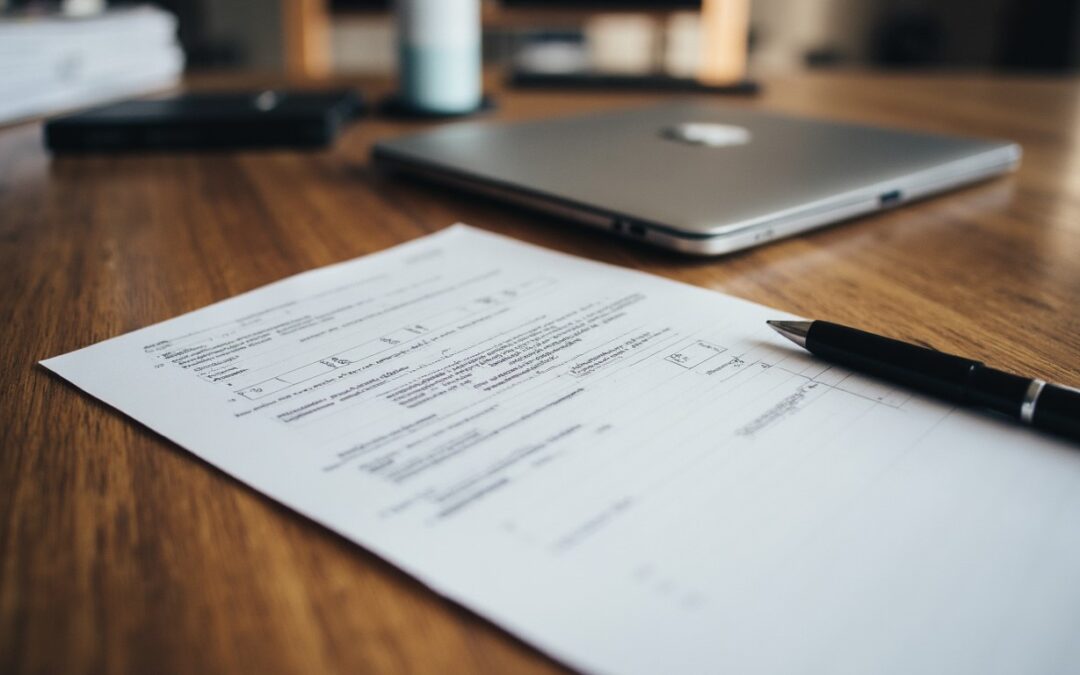
Explore proving that the floor function has Theta complexity of Θ(x). Learn about upper and lower bounds in this analysis.
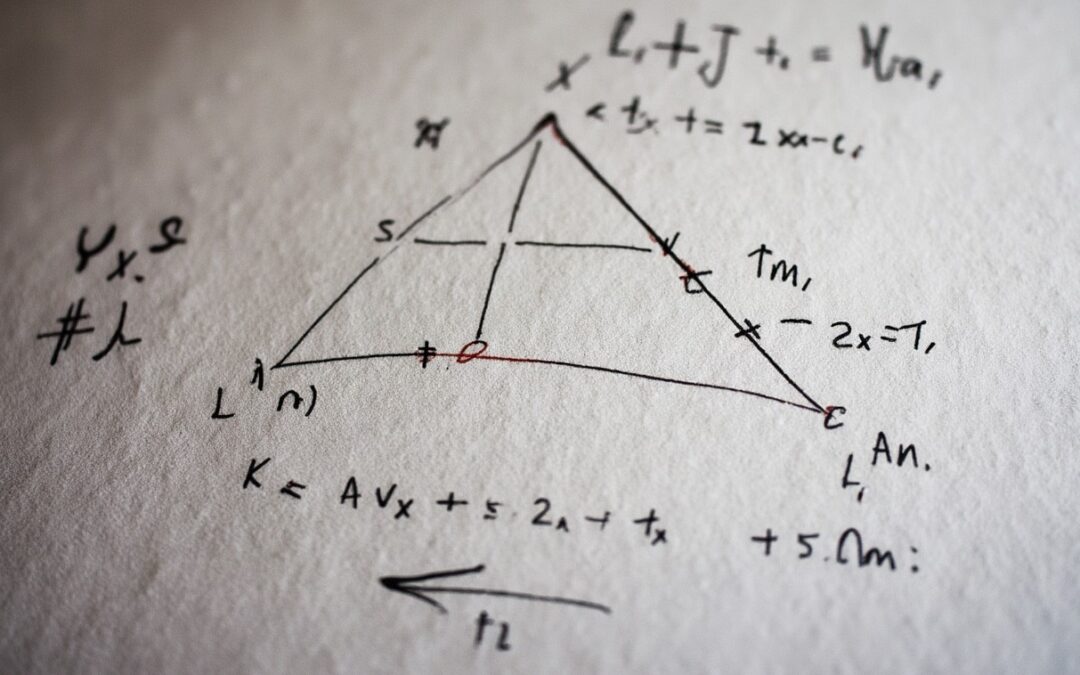
Learn how to efficiently compute the sum of coefficients in the Hadamard product of generating functions. Simplify complex calculations!

Understanding function notation is key! Learn the difference between f(x) and f, and how to use them correctly in math.

Explore fractional differentiability functions and how they behave with non-integer derivatives. Learn about constructing functions with specific differentiability.

Explore generalized cosine functions through functional equations. Understand solutions and challenges in higher-order generalizations.

Learn how to find the minimum value function using calculus. Step-by-step guide included!

Explore the density of smooth functions in L1 and L2 spaces. Learn how smooth functions approximate complex functions effectively.

Learn how to tile piecewise functions diagonally across a grid. This guide provides a clear solution for transforming inputs and achieving the desired tiling effect.

Explore the Mandelbrot set main cardioid, its fixed points, and multipliers. Understand its role in complex dynamics and the Mandelbrot set.

Explore the definition, identification, and applications of prime numbers. Understand why prime numbers are crucial in cryptography and computer science.

Explore the probability of expected rolls to see all sides of a die. Understand why multiple dice don’t simply halve the expectation.

President Trump announced a 25% tariff on imports from India effective August 1st. Learn the reasons behind this decision.

Learn about transformations in coordinate geometry. This guide provides a comprehensive explanation with illustrative examples.

Explore rotations and reflections in coordinate geometry with illustrative examples. Learn the fundamentals in simple language.

Explore the slope-intercept form to simplify linear equations effectively.
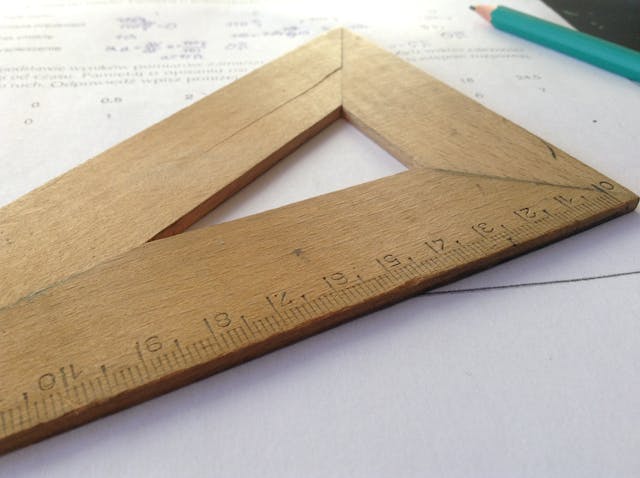
Explore the terms abscissa ordinate and applicate in coordinate geometry.

Explore the fundamental concept of a line in geometry. Learn the definition and key properties. What is a line?

Explore the fundamental concept: What is a point? Learn its definition and significance in various contexts.

Learn the basics of Euclidean geometry. This beginner’s guide explains key concepts in an easy-to-understand way.
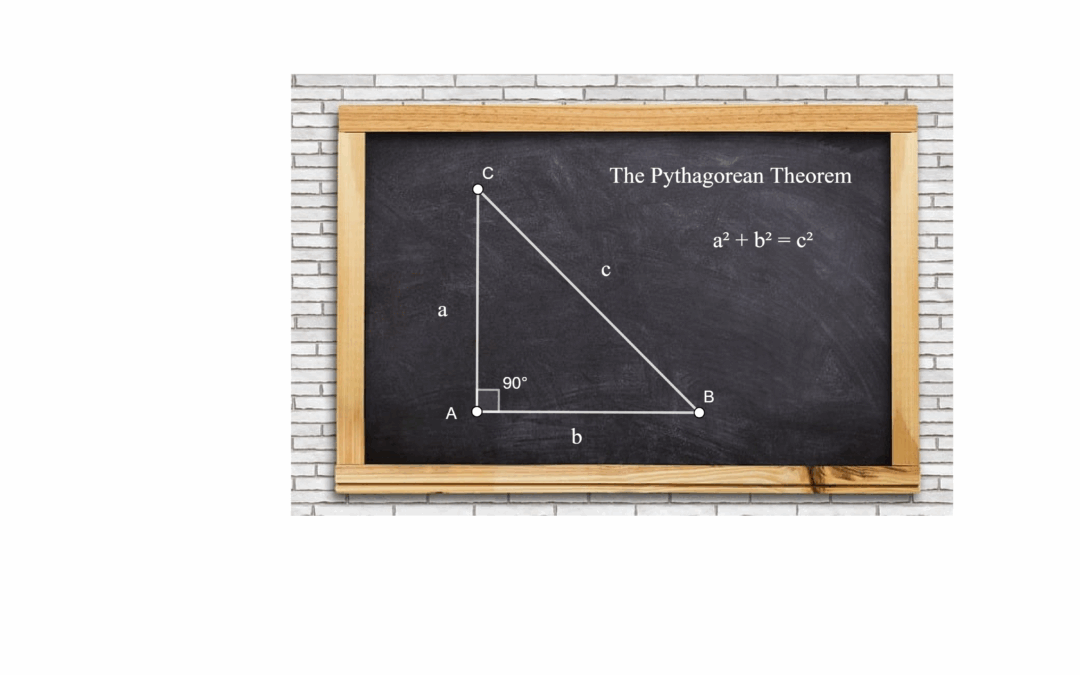
Learn the Pythagorean Theorem! Explore its history proof practical applications and solve 10 problems.

Learn about conic sections! This post explains ellipses parabolas hyperbolas and their properties in detail.

Researchers debate if China’s Shi’s Star Catalog is the oldest. Discover the findings and historical context of this ancient astronomical record.

Learn the definition of an ordered pair in mathematics including its key characteristics and applications. Explore examples and understand how it’s used.

Global temperatures may have already surpassed the 1.5°C climate threshold highlighting the urgent need for significant emission reductions to avoid catastrophic climate change. Learn more.

Increased risk of Asteroid 2024 YR4 impacting Earth. James Webb Space Telescope deployed for observation. Learn more!
Discover how to solve polynomial equations and find q(uv) = 0. Learn techniques for determining polynomial relationships between variables. Polynomial Equation Solver.

Learn how to decompose polynomial matrices using elementary row operations. This guide provides a step-by-step approach to polynomial matrix decomposition.

Explore the inequality concerning the dimension of harmonic homogeneous polynomials. Learn about the relationship between homogeneous polynomials and their Laplacian. Harmonic Homogeneous Polynomials explained.

Investigating the image of a ratio of polynomials with affine coefficients. Does the image lie within a complex polytope defined by vertices? Polynomial Ratio Image.

Discover the fascinating relationship between Chebyshev polynomials of the second kind and binomial coefficients in this exploration of series. Chebyshev Polynomials Series.

Learn how to rewrite a non-commutative product as a sum. This guide explores methods for expanding products of non-commuting elements offering both general formulas and recursive approaches. Non-commutative Product Expansion explained.

Learn how to compute the ideal of a projective algebraic set in P^2(C). This post explores methods for determining the ideal including geometric approaches and Gröbner bases. Projective Algebraic Set Ideal.

Learn how to calculate the change of basis matrix for linear maps on polynomials. This guide clarifies common discrepancies and misunderstandings. Change of Basis Matrix explained.

Learn how the Luhn algorithm validates credit card numbers and other identification codes. Discover the steps and applications of this essential checksum formula.

Learn about Coulomb’s Law the inverse square law of force and how French physicist Charles-Augustin de Coulomb discovered it.

Learn about open and closed intervals in mathematics including definitions and examples. Essential for understanding calculus.

Learn about sequences their limits and how they differ from functions. Discover convergence and divergence and essential theorems.

Learn about open and closed intervals in mathematics including definitions and examples using mathjax notation.
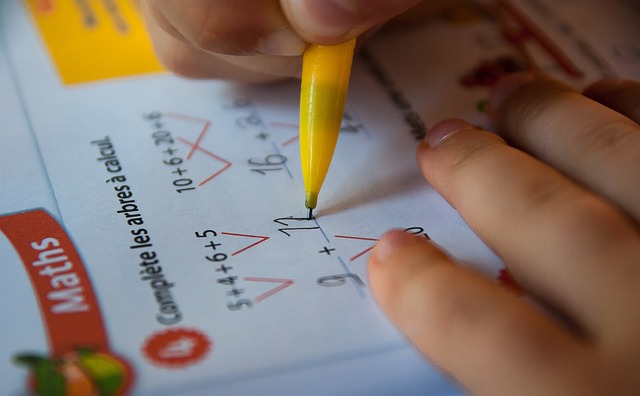
Learn what it means for a series to converge to a specific value in mathematics. Explore the concept of convergence.

Explore if disjoint subsets of natural numbers exist where the sum of harmonic series terms over each subset is equal. Investigate the harmonic series and its subset sums.

Can natural numbers be divided into two sets with equal sums of their digits? Explore this intriguing partitioning problem.

Discover how to find subsets of natural numbers where the sum of reciprocals of their squares is equal exploring both finite and infinite cases.
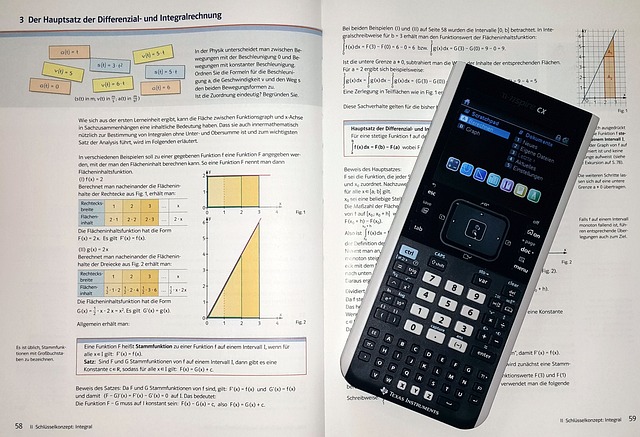
Learn about arithmetic geometric and harmonic series with 5 examples each. Discover the formulas and how to solve problems.

Learn why the harmonic series despite growing slowly doesn't converge. Explore different explanations for this fascinating mathematical concept.

Discover the fascinating exponential limit of x^x as x approaches 0+. Learn the solution using logarithms and L'Hôpital's rule.

Learn how L'Hôpital's Rule simplifies limit evaluation. This guide will help you solve limits efficiently.

Learn how L'Hôpital's rule helps evaluate indeterminate forms in limits. This guide provides a complete explanation and examples.

Discover the zeroes of the quadratic polynomial passing through specific points.

Explore the inequality coefficients problem for positive real numbers and find possible permutations.

Explore implicit differentiation and its relation to differential equations in our new quiz feedback.

Explore the solutions for distinct real numbers satisfying specific equations in this insightful blog post.

Learn how to calculate distance in 3D using triangular relationships and trigonometric ratios.

Learn how to find the remainder of polynomial division using standard and alternate methods.

Discover exacting and ultraexacting cardinals new types of infinity challenging traditional set theory views and potentially resolving long-standing conjectures.

Discover Sophie Germain primes special prime numbers with unique properties. Learn about their relation to safe primes applications in cryptography and how to identify them using Python.

Prove the equality of cosine series in generalized functions. Learn how to manipulate trigonometric series for advanced applications.
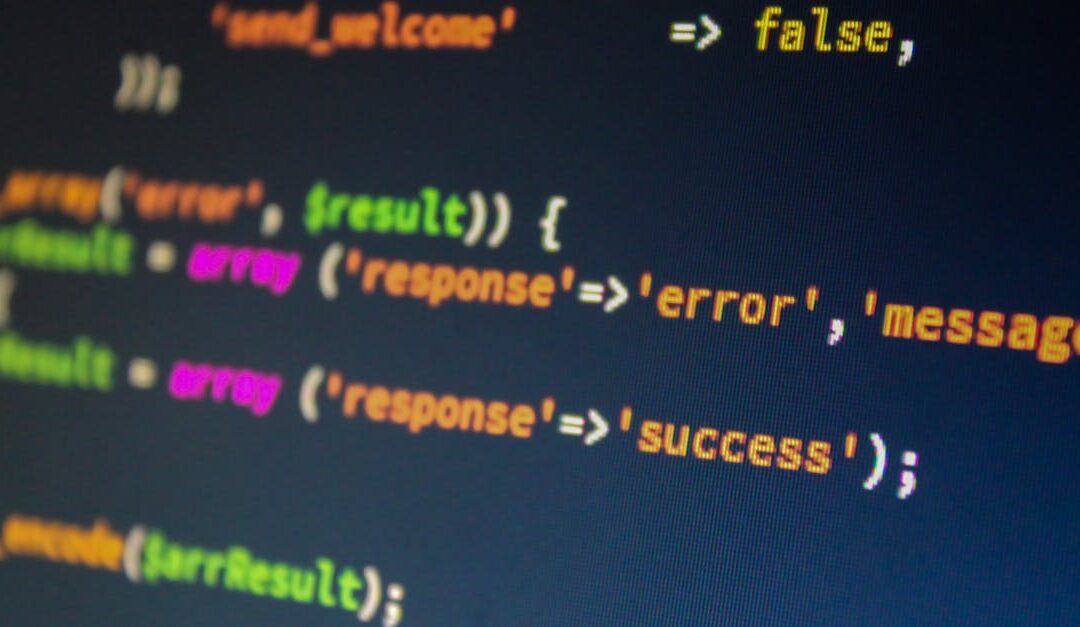
Discover the surjective functions f(x) that satisfy the equation 2xf(f(x)) = f(x)(x + f(f(x))) for all positive real numbers x.

Discover how to find functions f(x) and g(x) that satisfy a specific functional equation. Explore different cases and solutions.

Discover how to find all surjective functions f:R→R satisfying a specific functional equation. Learn the key steps and techniques.

Struggling with functional equations for your math midterm? This post provides tips and tricks including substituting values using mathematical induction and finding fixed points to help you solve these challenging problems.

Learn how to calculate mass using different methods from converting grams to kilograms to finding mass from weight or density. Essential examples included.

Determine the value of ‘a’ to ensure continuity of a piecewise function at x = 0 using limits and Taylor series.

Calculate the limit of cos(√x) raised to the power of 1/x as x approaches 0 from the right. Learn the Taylor expansion method for solving this type of limit problem.

Learn how to evaluate the limit of x^x as x approaches 0 from the positive side using logarithms and L’Hôpital’s rule. Find the answer!

Learn how to evaluate the limit of x times the natural log of (1 + 1/x) as x approaches infinity using L’Hôpital’s Rule.

Find the limit of a trigonometric expression as x approaches 0. Learn how to use trigonometric identities to solve this problem.
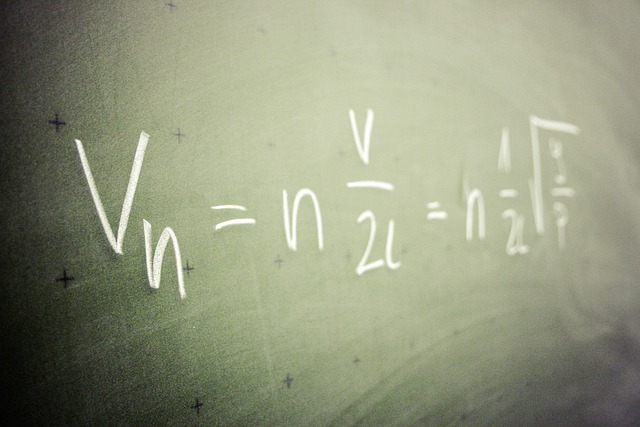
Learn how to solve projectile motion problems using quadratic equations. Find the maximum height and time of flight for a projectile launched at a 45-degree angle.

Learn how to add two vectors and find the magnitude and angle of the resultant vector. This guide provides a step-by-step explanation.
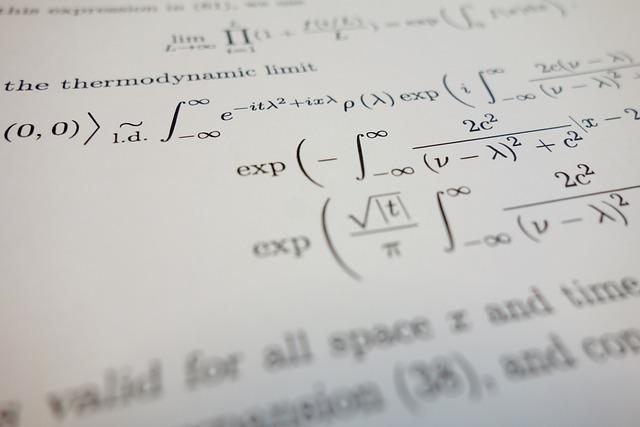
Learn about vectors in mathematics their properties and how they’re used in physics computer graphics and machine learning.

Learn various methods for proving mathematical statements including direct proof indirect proof (contradiction and contrapositive) proof by cases and mathematical induction. Explore examples and applications.

Conquer the CBSE Board Exams 2025 with our guide! Learn effective study strategies, time management tips, and overcome exam anxiety for success.

Motion in One Dimension forms the foundational block in understanding the Physics of movement. This topic delves into the specifics of how objects move in a straight line under the influence of various forces. By exploring the key concepts of displacement, velocity,...

5 Basic Problems on Limits just to refresh your mind. Problem 1 Find the limit: \( \lim_{x \to 2} (3x - 4) \) Solution: To solve this limit, we substitute the value of \(x\) directly because the function is continuous at \(x = 2\). \[ \lim_{x \to 2} (3x - 4) = 3(2) -...

The multiplication rule in probability is used to find the probability of the intersection of two or more independent event

Addition Rule calculates the probability of one or more events occurring. For mutually exclusive events, add individual probabilities. For non-mutually exclusive events, add individual probabilities and subtract the probability of both events occurring.
uniformly distributed aerosol particles between 2 and 6 nanometers
Information about Random Phenomena

A random event refers to an unpredictable occurrence that has no discernible pattern or predetermined outcome. It is an event whose outcome cannot be reliably predicted or determined based on prior information or knowledge. Random events are commonly encountered in...